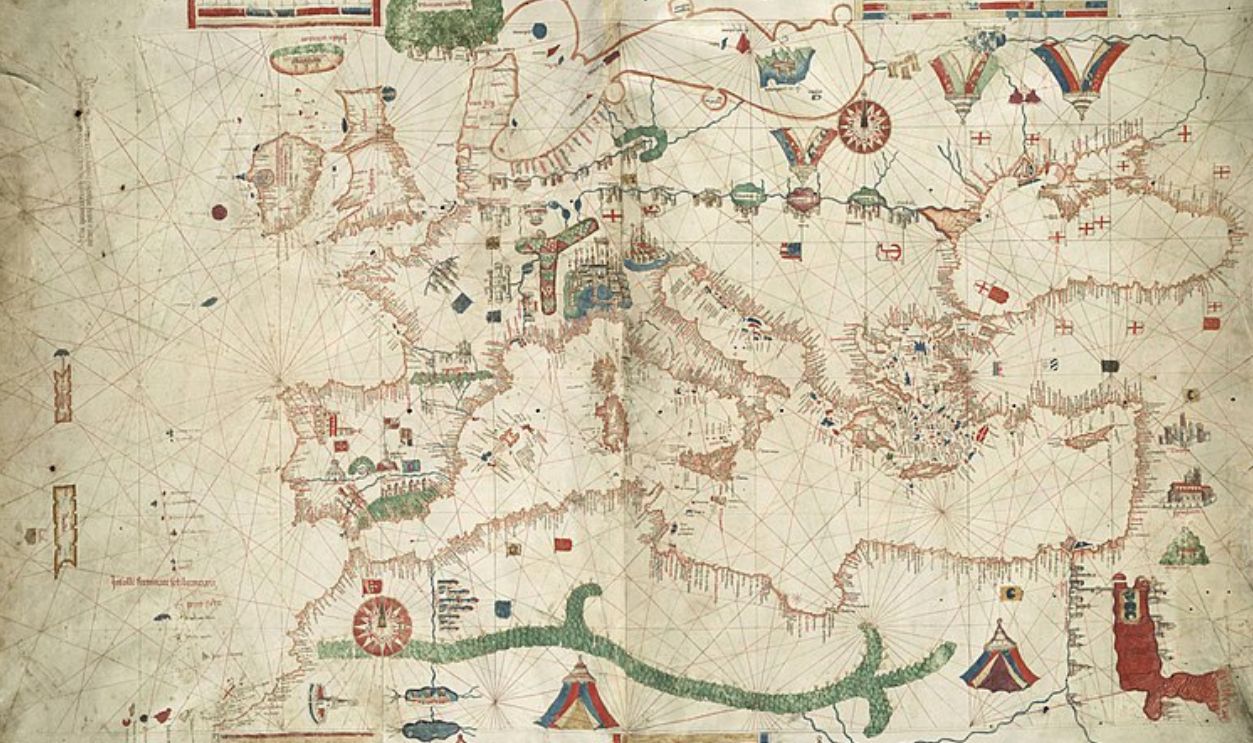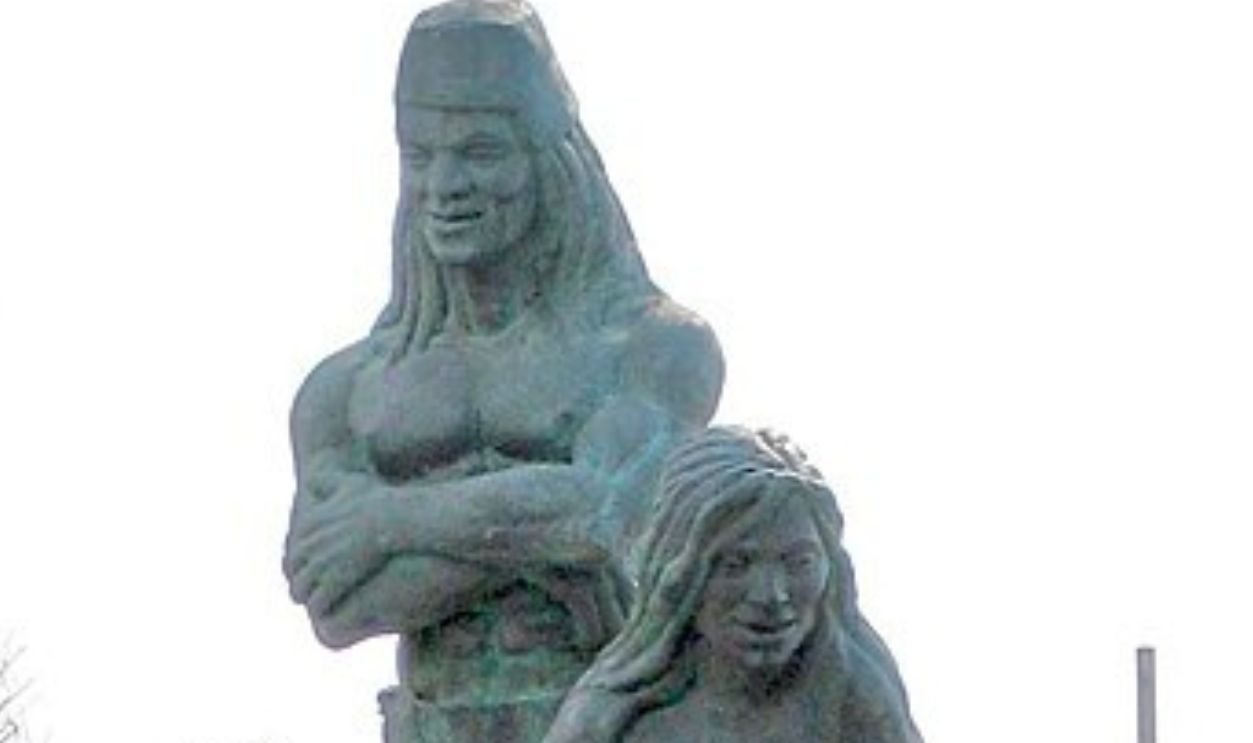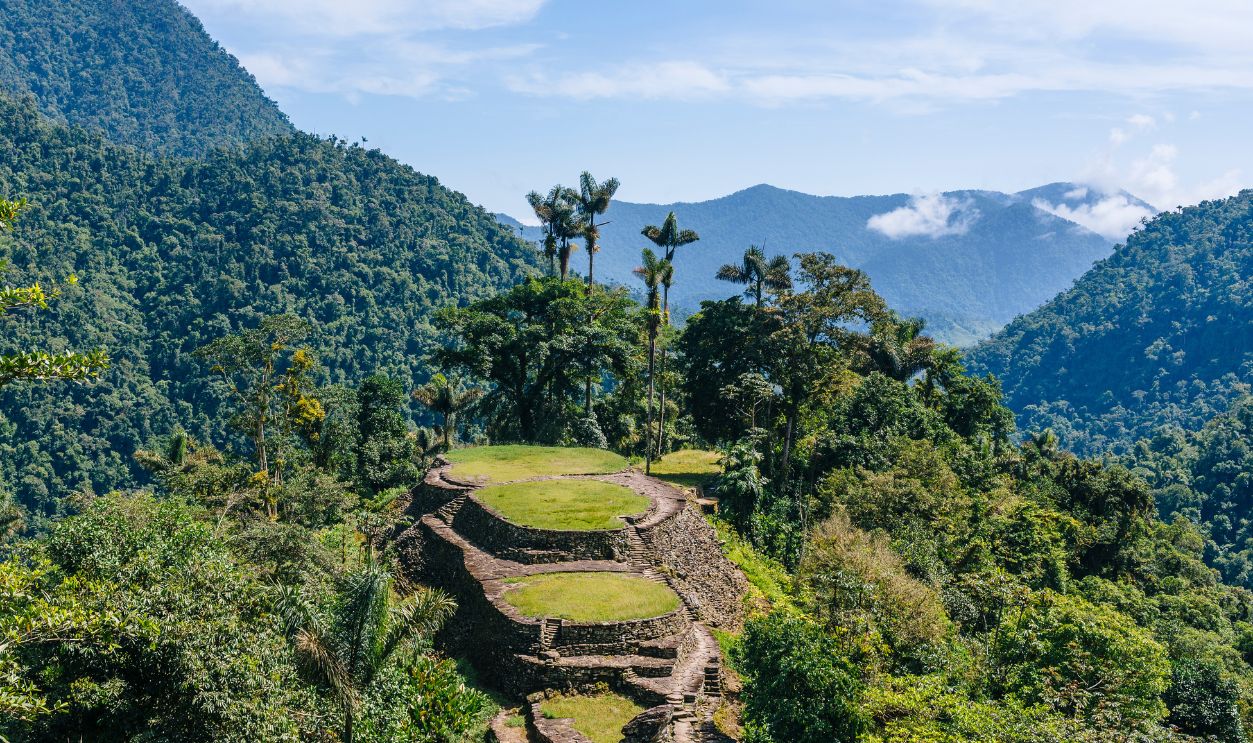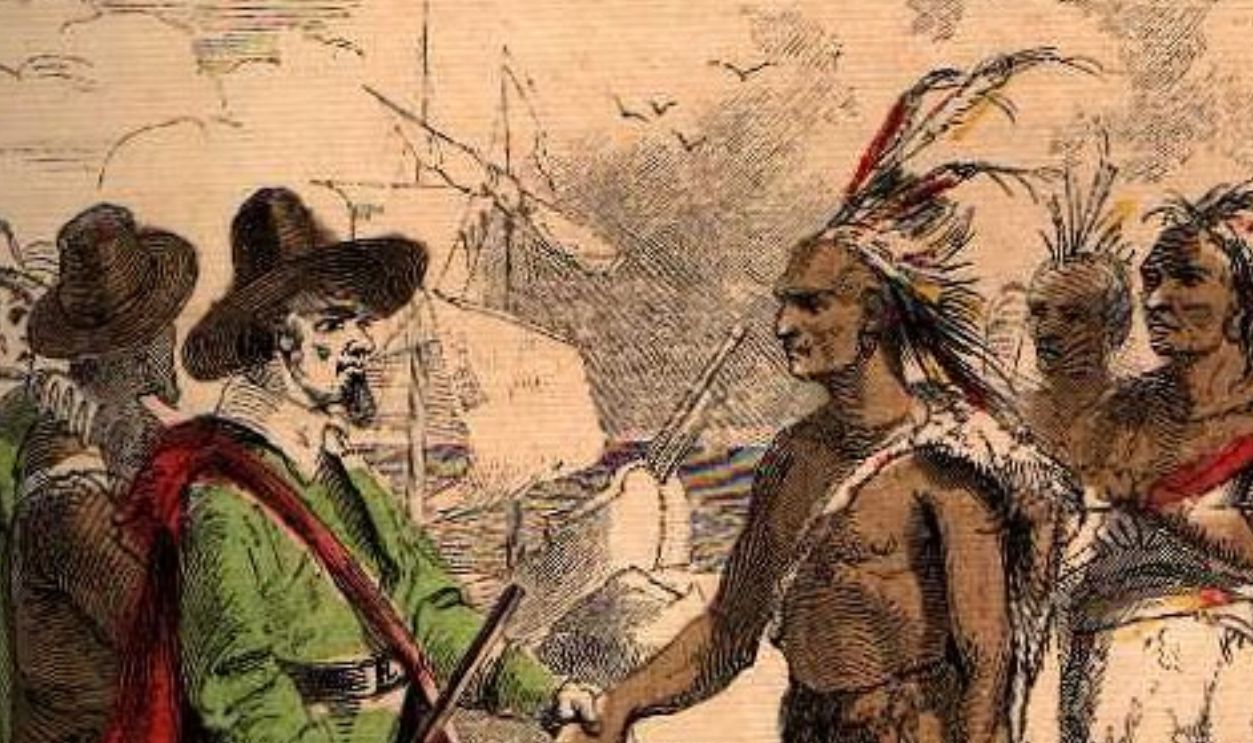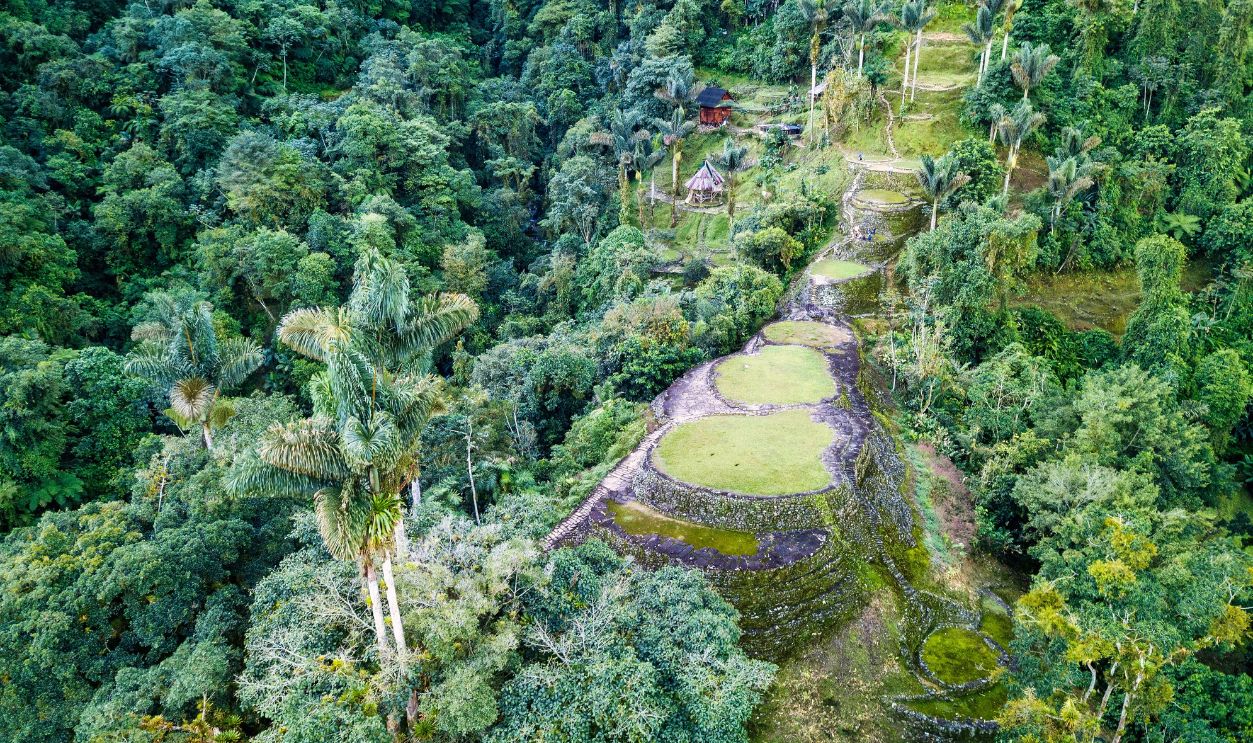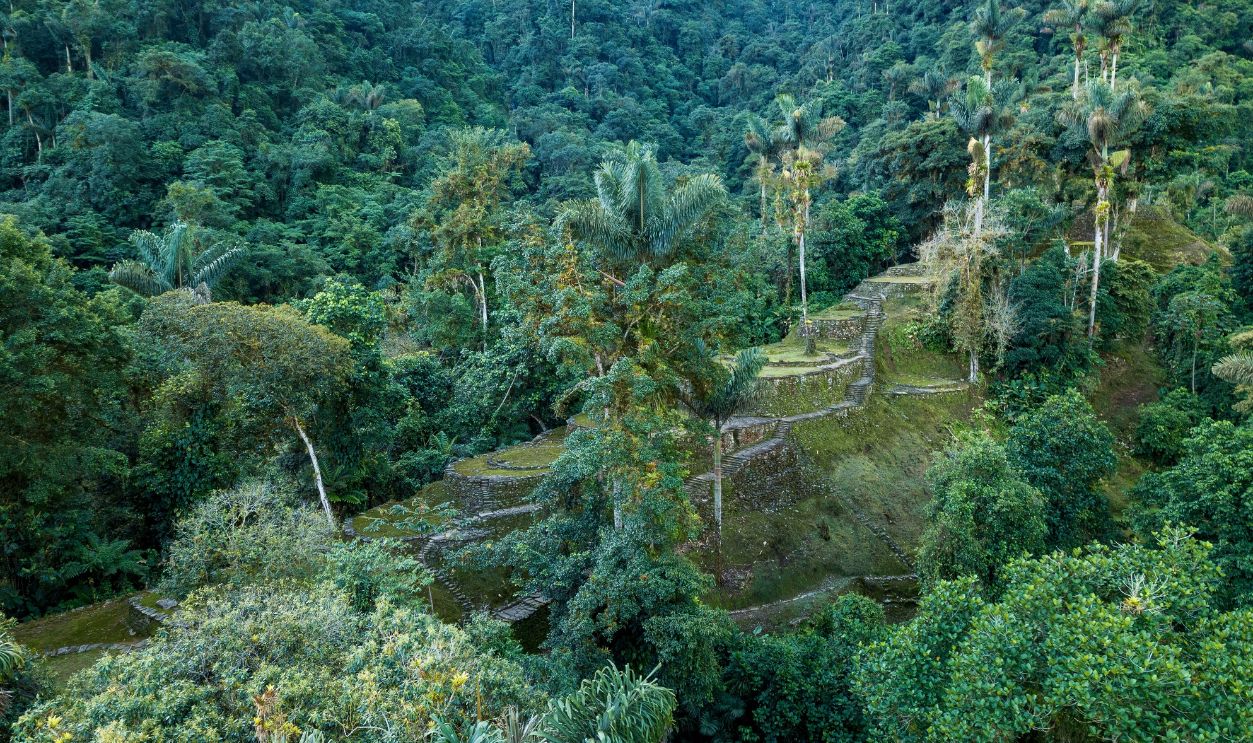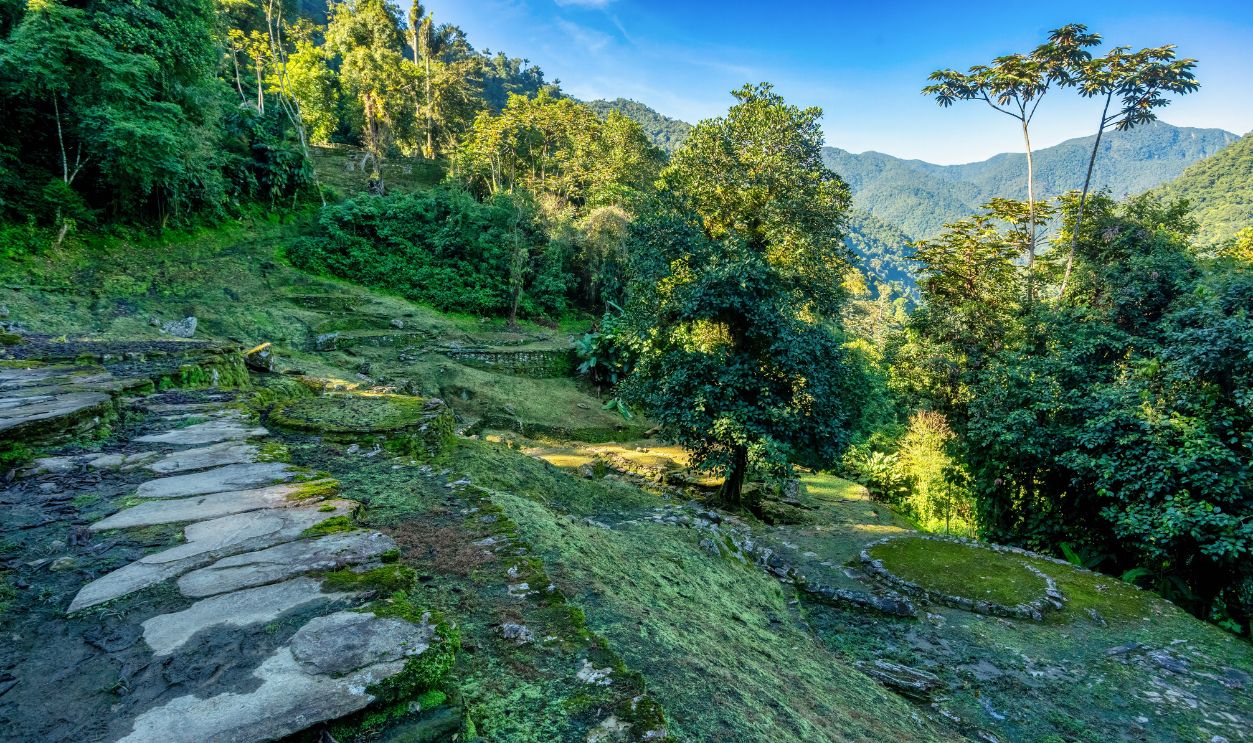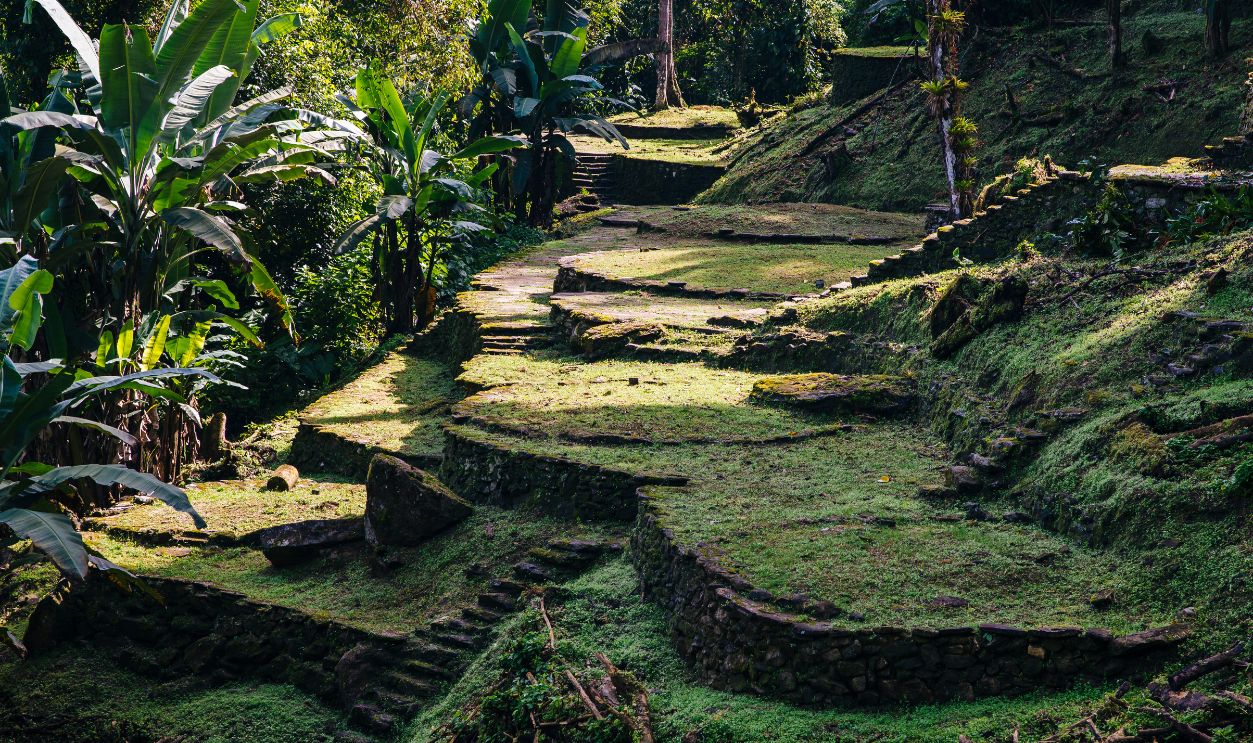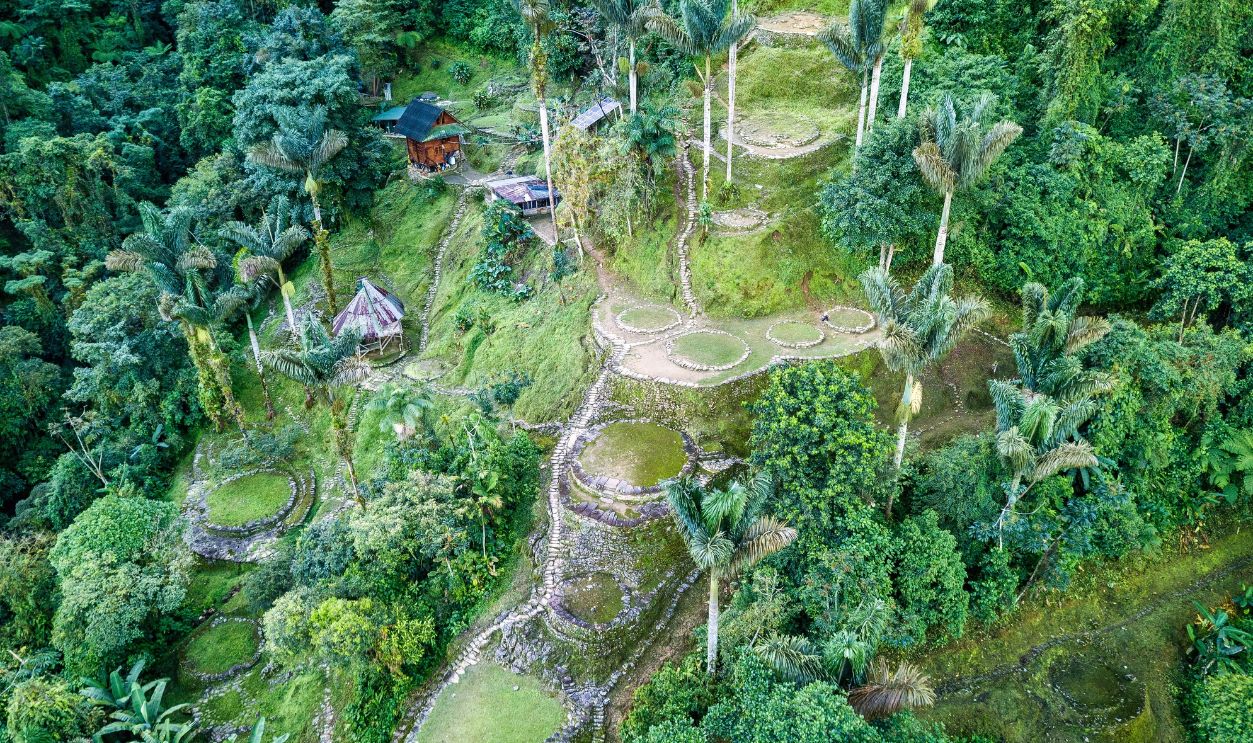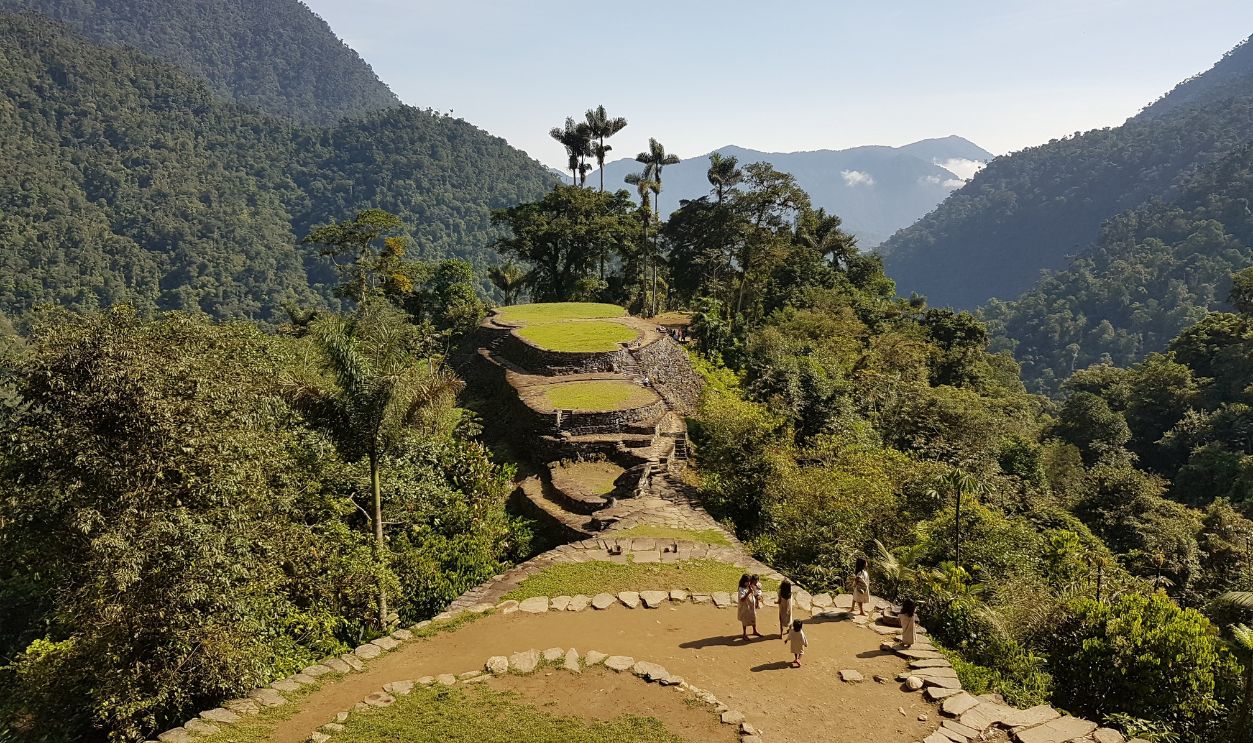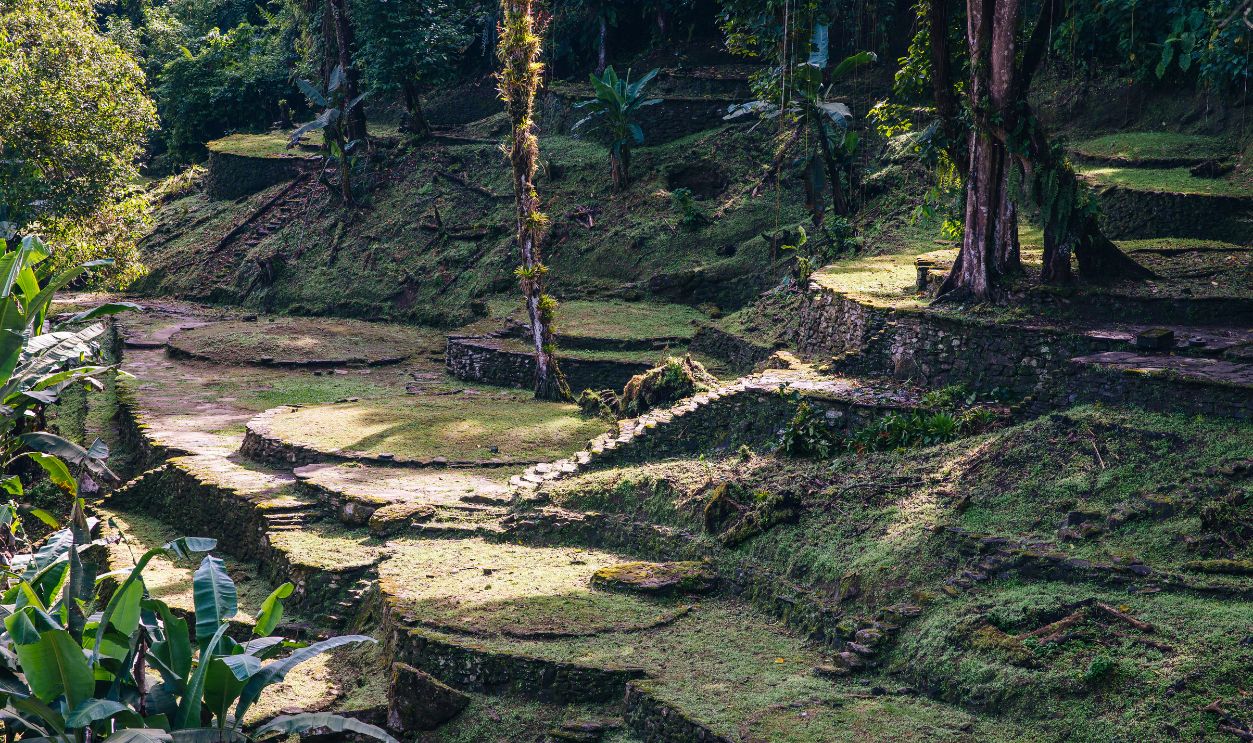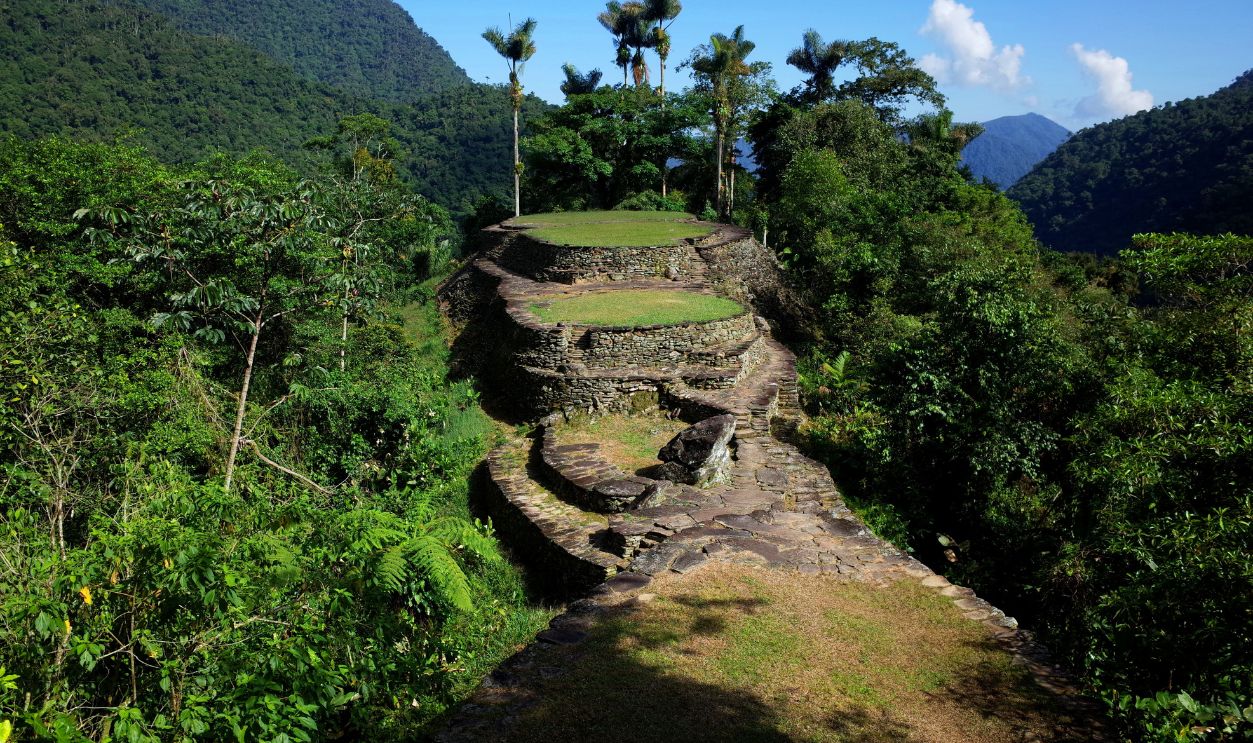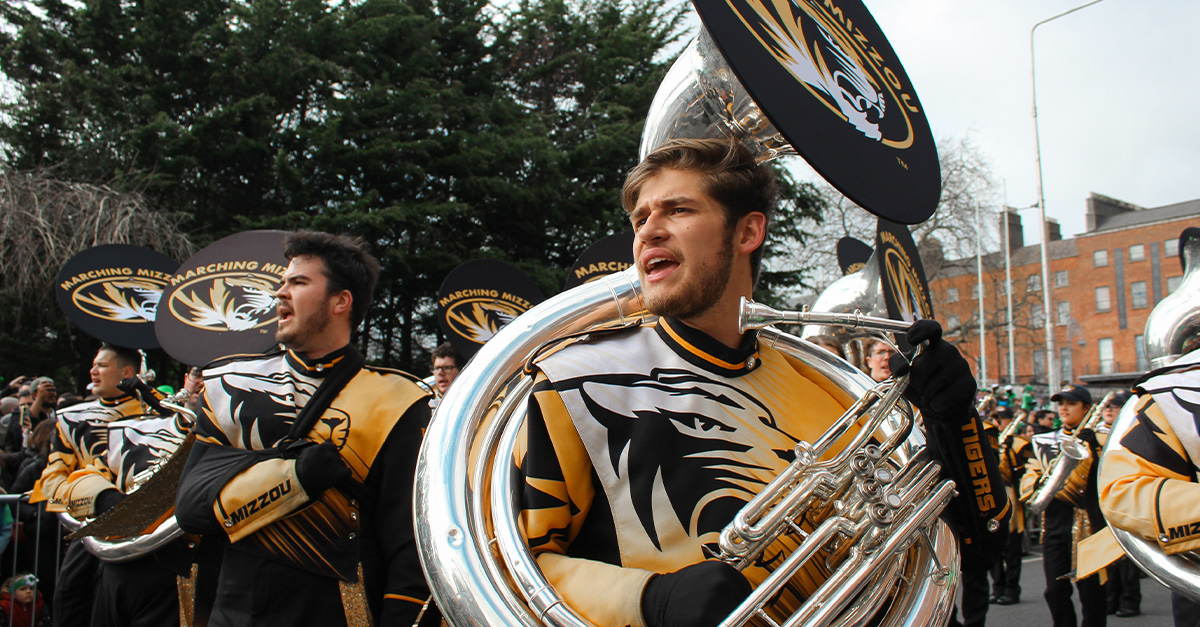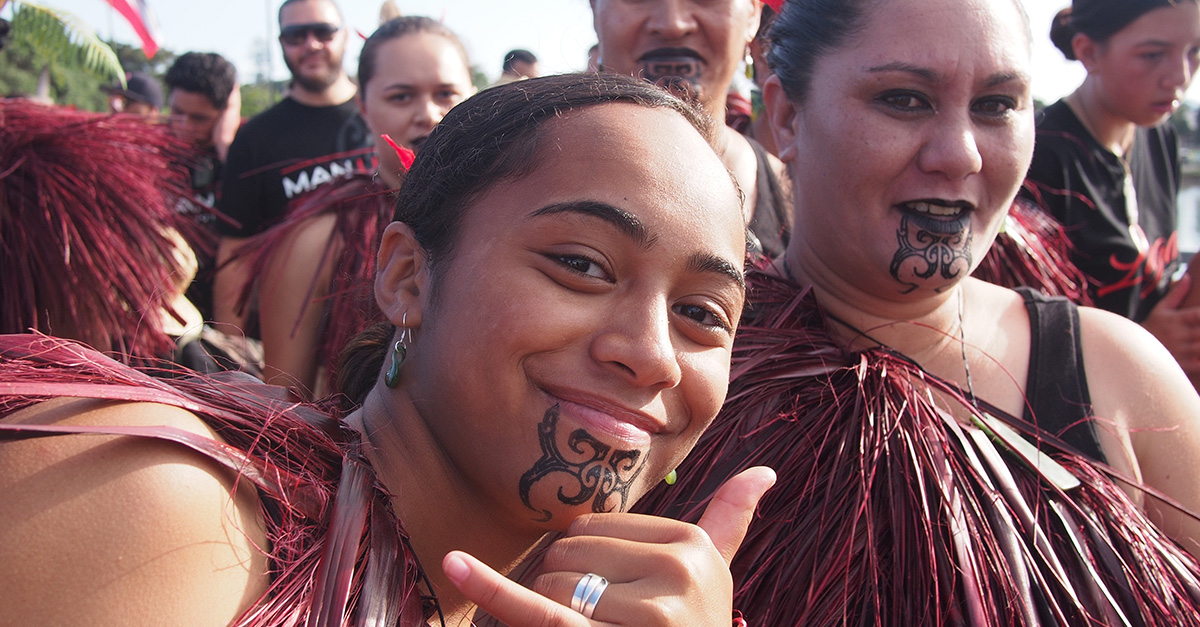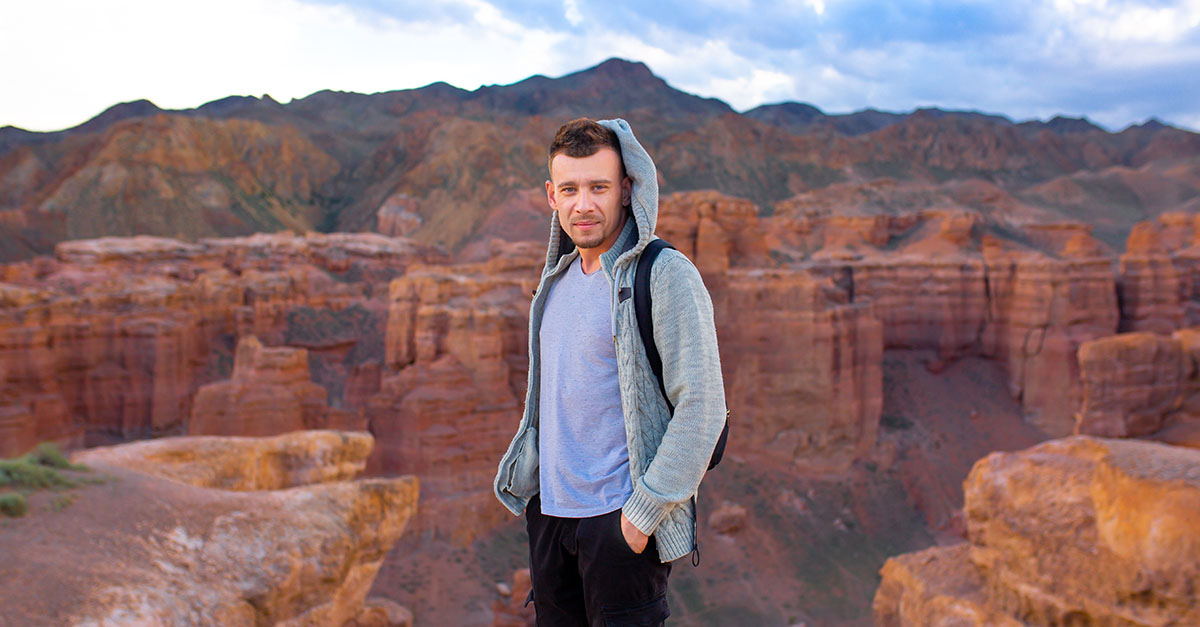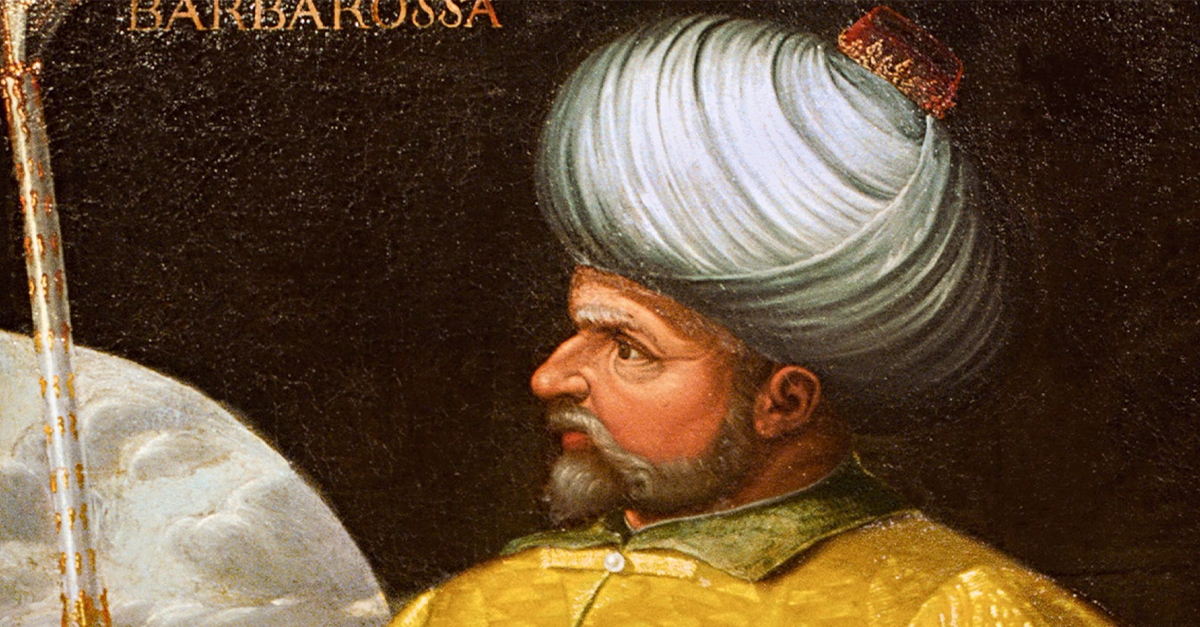Does It Even Exist?
How many adventure movies have you watched about people looking for the lost City of Gold? Did El Dorado really exist? What happened to it? The mystery has taken researchers to some pretty scary places.
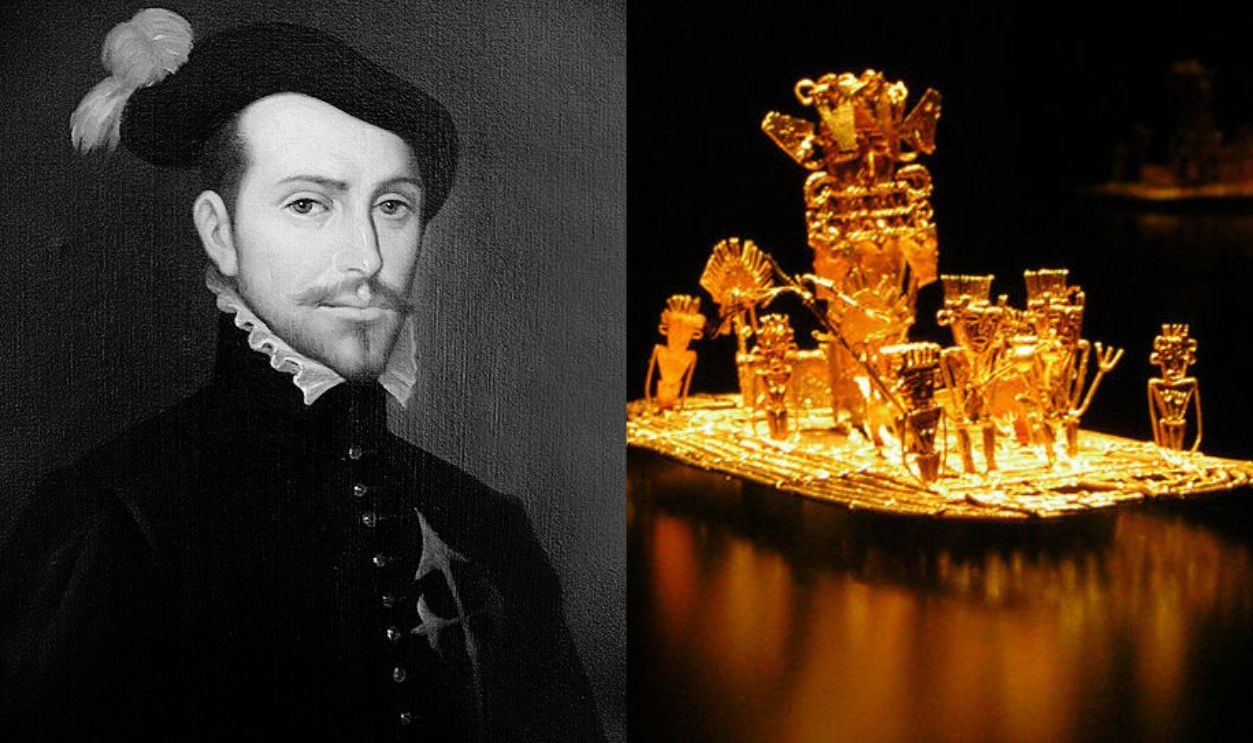
The Spanish Conquerors
In the 16th century, the Spanish invaders were amazed by stories of a lost city. These stories spread all across Central and South America, where the locals talked about a place where everything was covered in gold. The Europeans were fascinated and excited and called it El Dorado.
 Coriolanus Leudo Obando, Wikimedia Commons
Coriolanus Leudo Obando, Wikimedia Commons
Is It Related To Ciudad Perdida
Some believe that Ciudad Perdida, which translates as Lost City in Spanish, may be connected to El Dorado. Around the year 800 AD, the Tairona people constructed Ciudad Perdida. The discovery of this enormous archaeological site, tucked away in the dense jungle, adds to the legend's mystique.
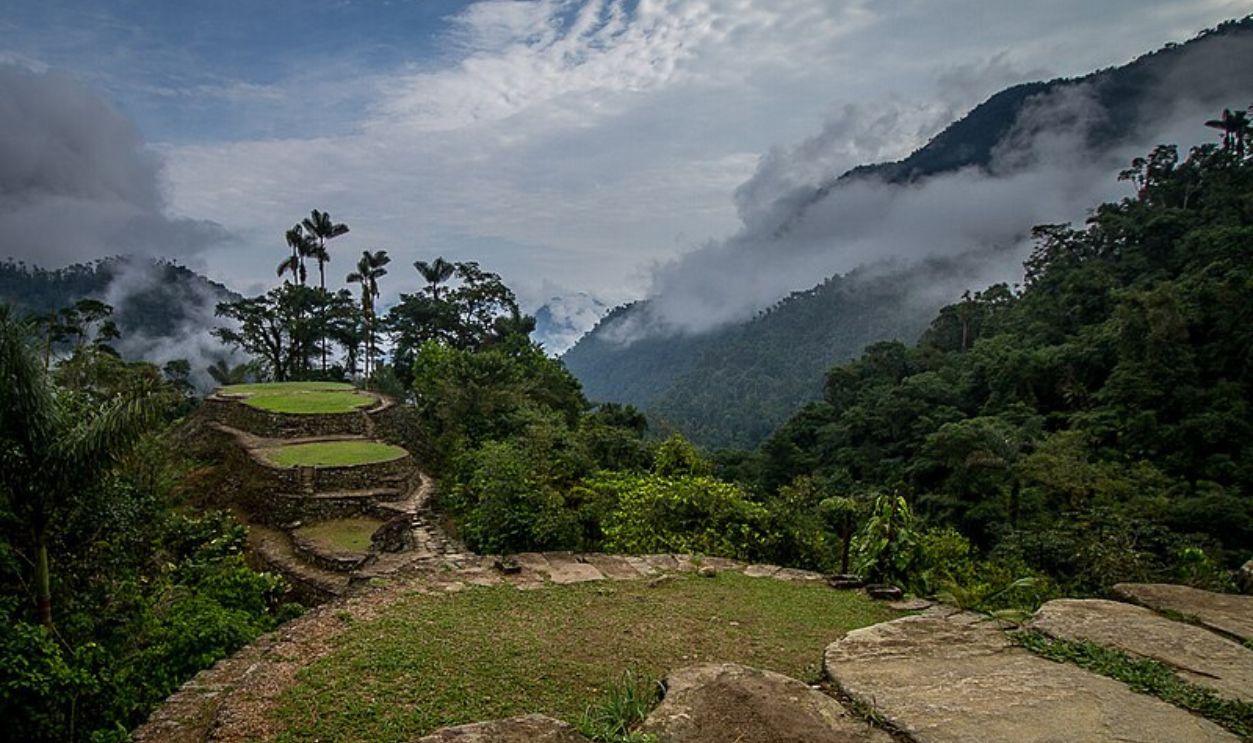 Dwayne Reilander, CC BY-SA 4.0, Wikimedia Commons
Dwayne Reilander, CC BY-SA 4.0, Wikimedia Commons
Seven Cities Of Gold
Upon arrival, the Spaniards heard legends about the Seven Cities of Gold. Some believed that they were previously discovered by the Portuguese, while others thought they were built on the phantom island of Antillia. El Dorado was one of these cities.
An Ancient Legend
After the Narváez expedition failed to explore Florida and the ships were destroyed, the survivors returned, telling stories they had heard from the natives about several cities that contained great riches. All these tales never confirmed the location of El Dorado.
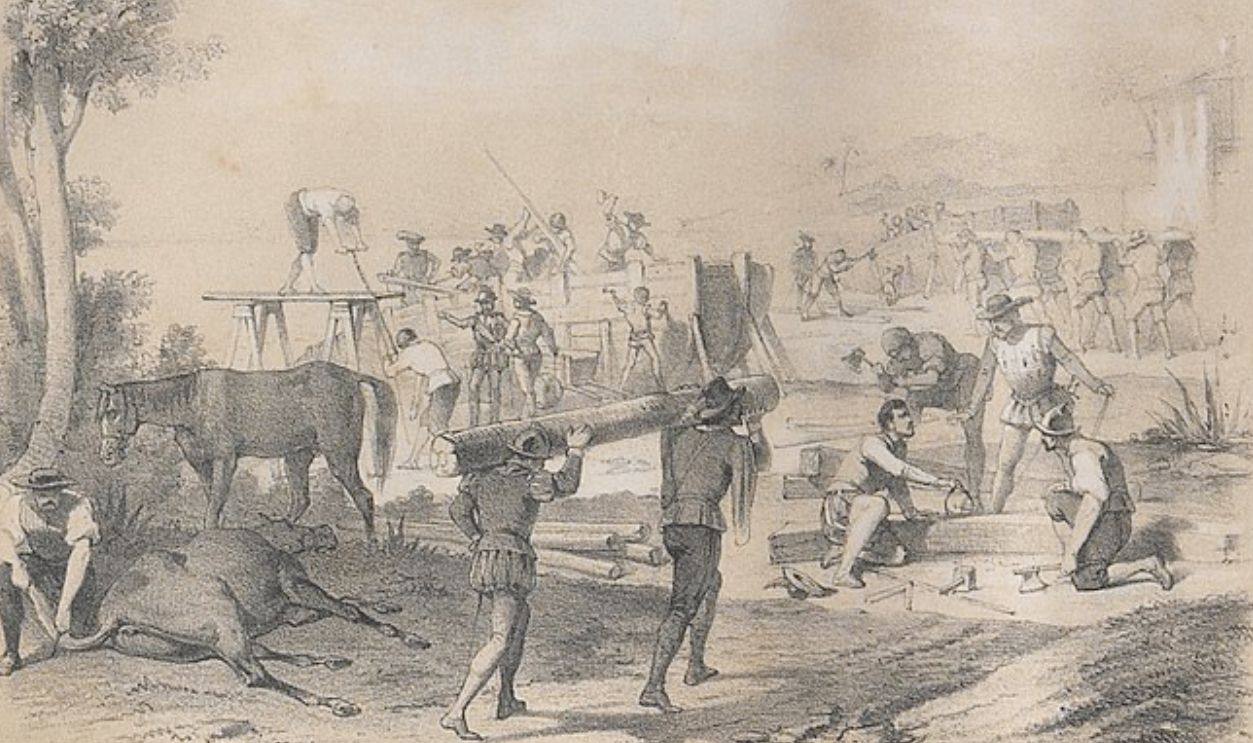 Carlos Mugica and Perez, Wikimedia Commons
Carlos Mugica and Perez, Wikimedia Commons
Finding Evidence
The Spaniards scanned the whole region, believing they would soon find El Dorado or one of the other mysterious cities. They actually reached Zuni Pueblo in modern-day New Mexico and found copper and turquoise mines. Nevertheless, there was no sign of any gold.
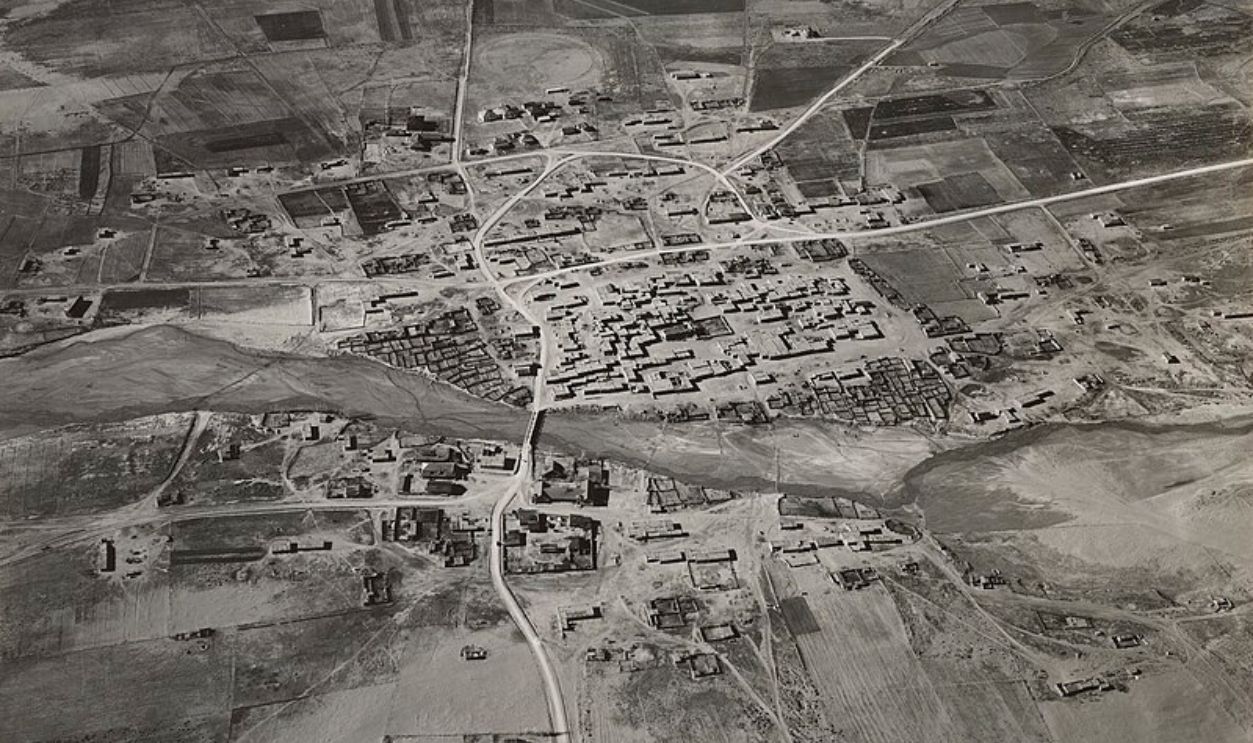 Unknown author, Wikimedia Commons
Unknown author, Wikimedia Commons
Back To The South
The natives' tales suggested the City of Gold would be located somewhere south. The locals were a bit secretive and didn't share much information with the Spaniards. But stories of the lost city fueled their ambition, and they planned to start looking for its treasures.
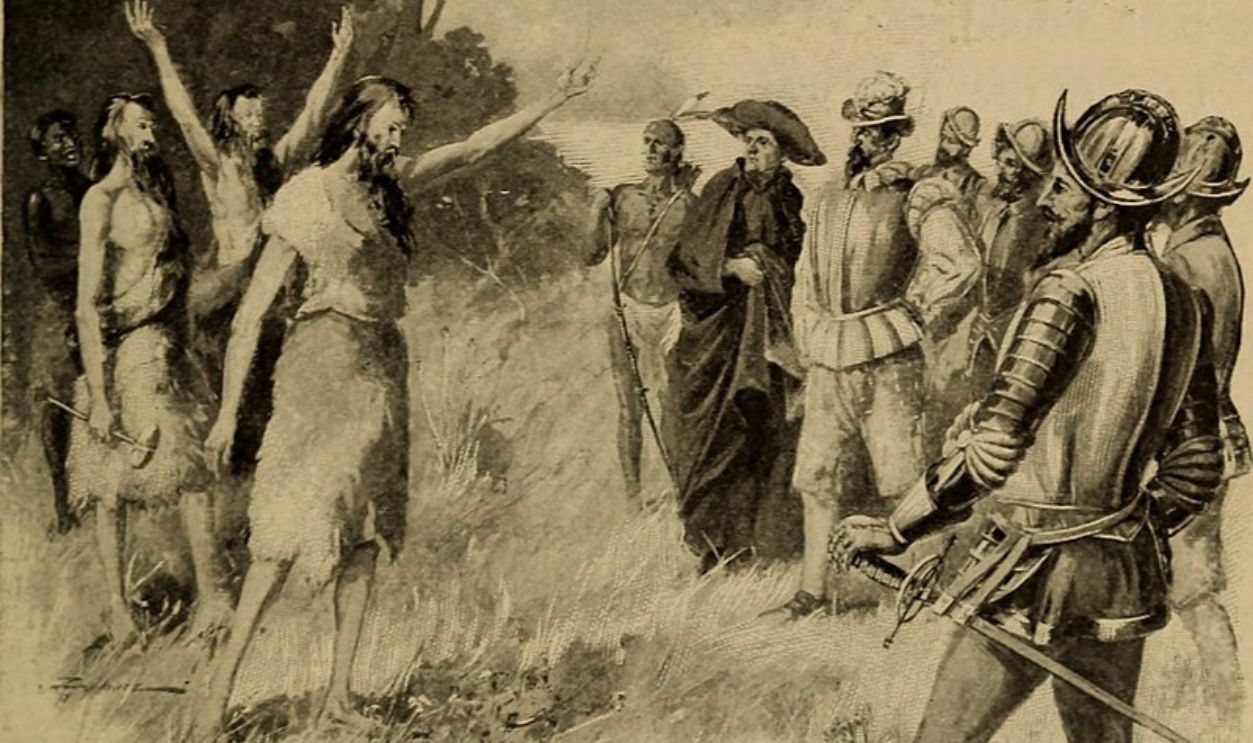 Internet Archive Book Images, Wikimedia Commons
Internet Archive Book Images, Wikimedia Commons
They Mapped The Whole Continent
The Spanish conquerors didn't know where to start, so several explorers traveled through what is today part of Brazil, Venezuela, Guyana, and Colombia, where our story takes place. But what made them look for this city for almost three centuries?
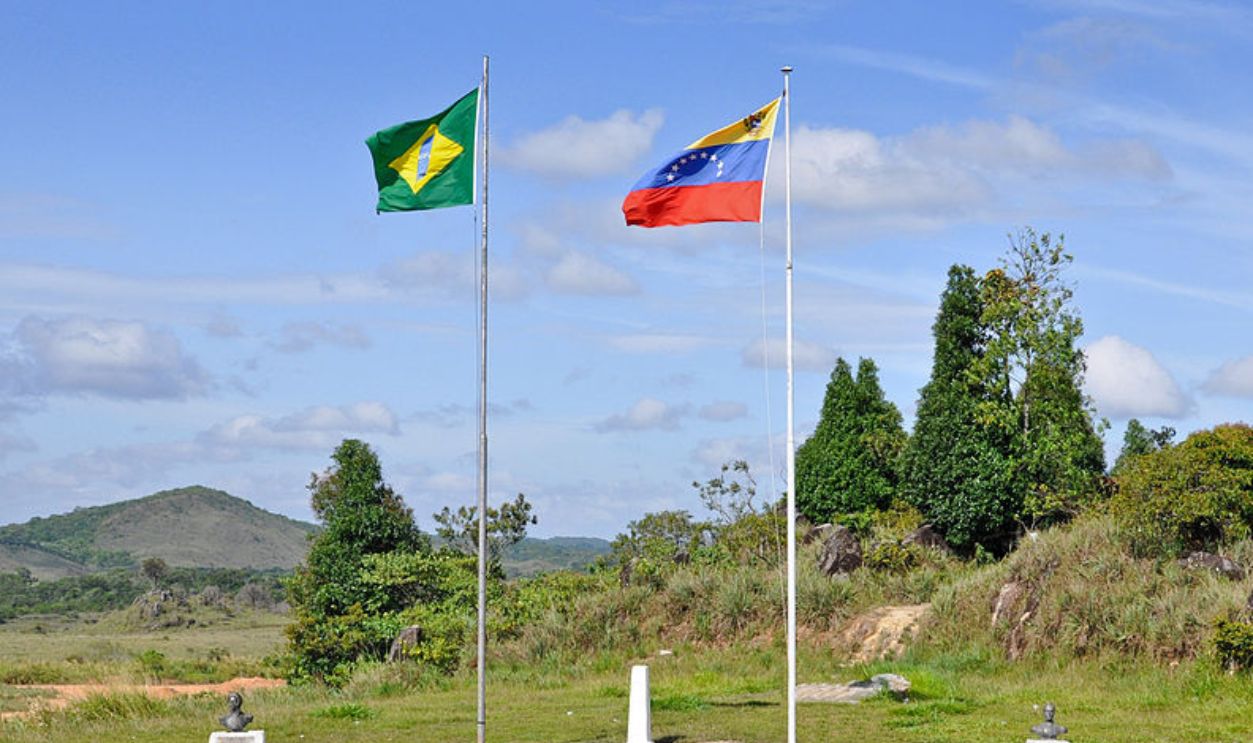 Paolostefano1412, CC BY-SA 3.0, Wikimedia Commons
Paolostefano1412, CC BY-SA 3.0, Wikimedia Commons
Greed Fuels All
The Spanish invasion of Colombia was driven by wealth. They heard rumors about a Muisca tribal chief who would coat himself in gold dust. The gold would then shimmer on the surface of a lake where he dove as part of a sacred ritual that some claim to have witnessed.
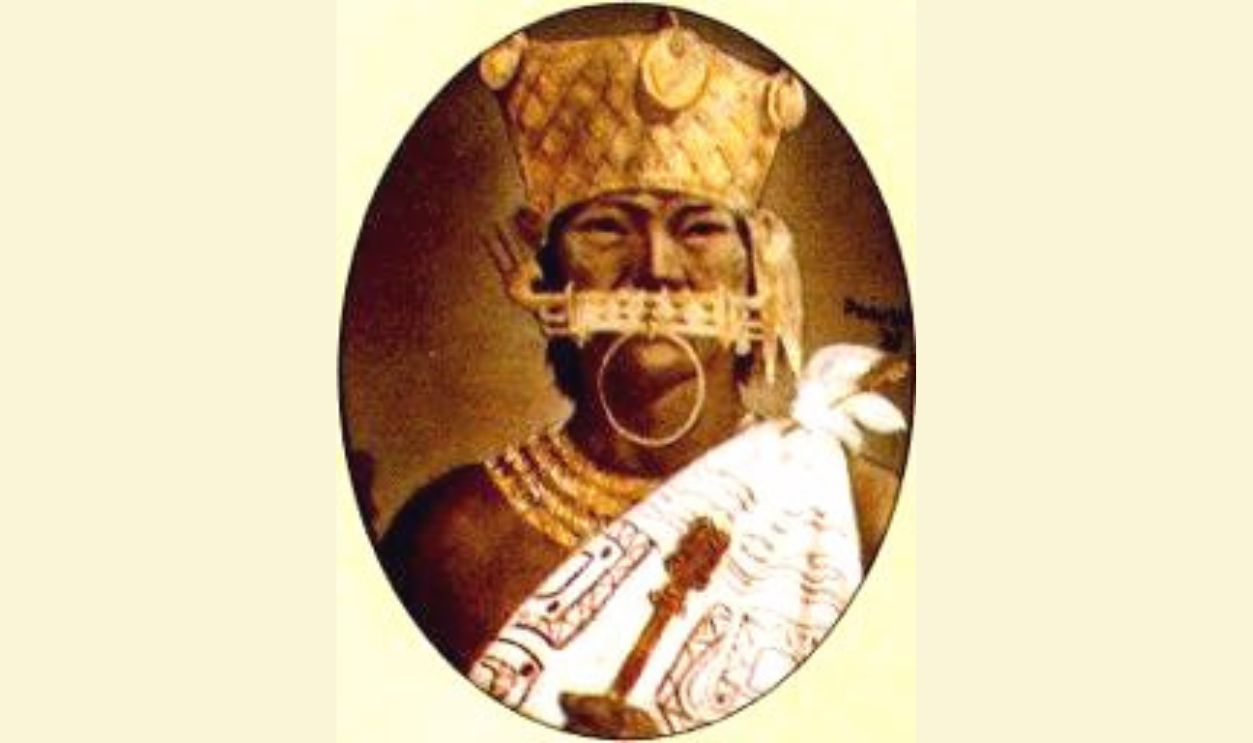 Unknown author, Wikimedia Commons
Unknown author, Wikimedia Commons
They Wouldn't Stop Looking
Fueled by their quest for treasures, the colonists began searching the region for a hidden city made of gold while attacking the natives. This was when they met a peaceful nation that built its civilization in the middle of the mountains.
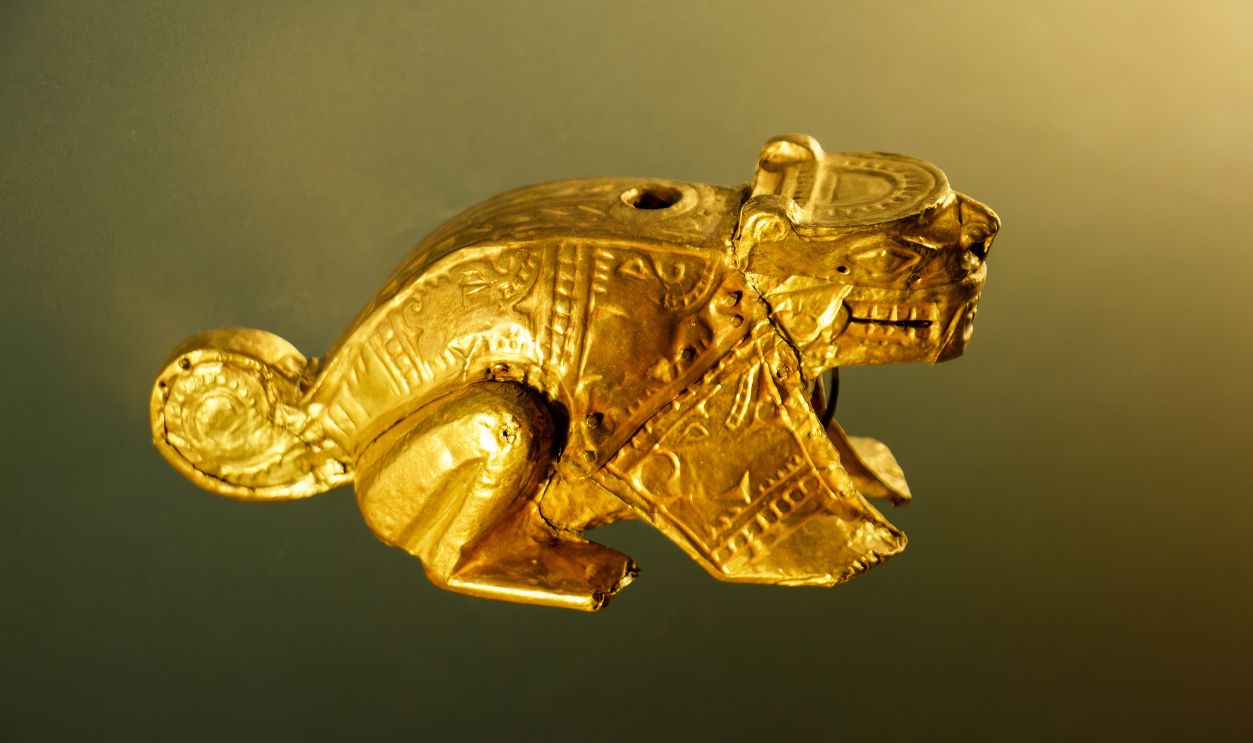 Bruno M Photographie, Shutterstock
Bruno M Photographie, Shutterstock
The Spaniards Met The Tairona
Spanish Invaders were surprised when they first met the Tairona in the 16th century. Everyone was adorned with gold jewelry and ornaments. The Spanish explorers envisaged a city built entirely of gold based on what they observed, which gave rise to the legend of the lost gold city.
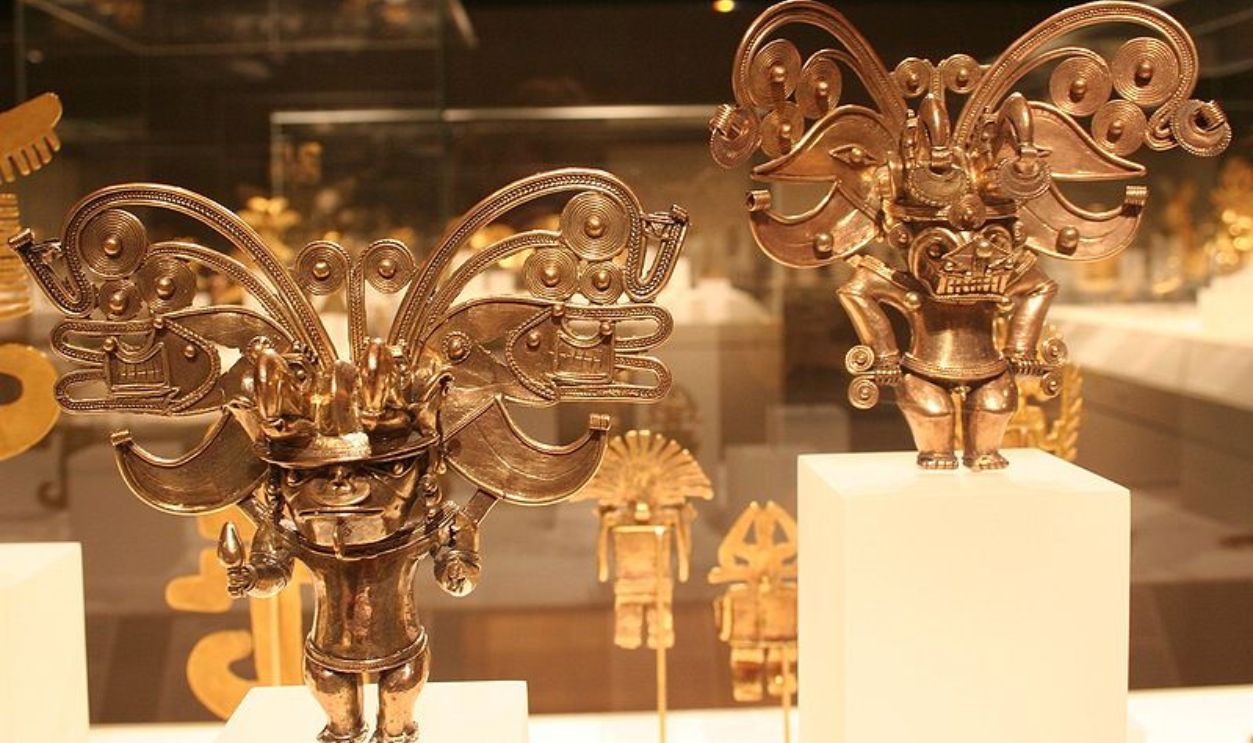 Rolfmueller, CC BY-SA 3.0, Wikimedia Commons
Rolfmueller, CC BY-SA 3.0, Wikimedia Commons
The Tairona Didn't Fight Back
Unlike other nations in the region, the Tairona people were pretty tolerant of the Spaniards. They even gave them presents and hoped they would leave them alone. However, the Europeans didn't and started to attack the natives more often. Typical.
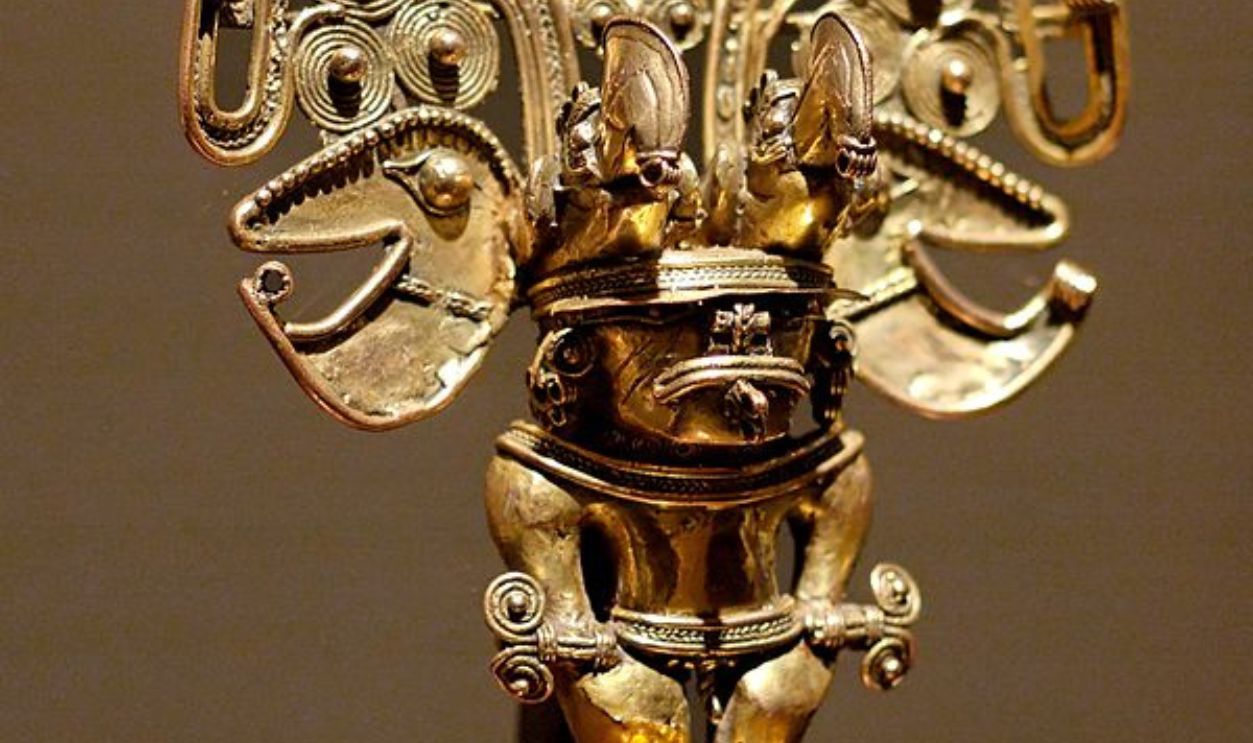 Louvre Museum, Wikimedia Commons
Louvre Museum, Wikimedia Commons
The Tairona Constructed Their Houses On The Hills
The Tairona people preferred to build their homes on the steep hills in the jungle. This location gave them an advantage and allowed them to remain safe from threats. It was hard for invaders to surprise them because they could see all around them.
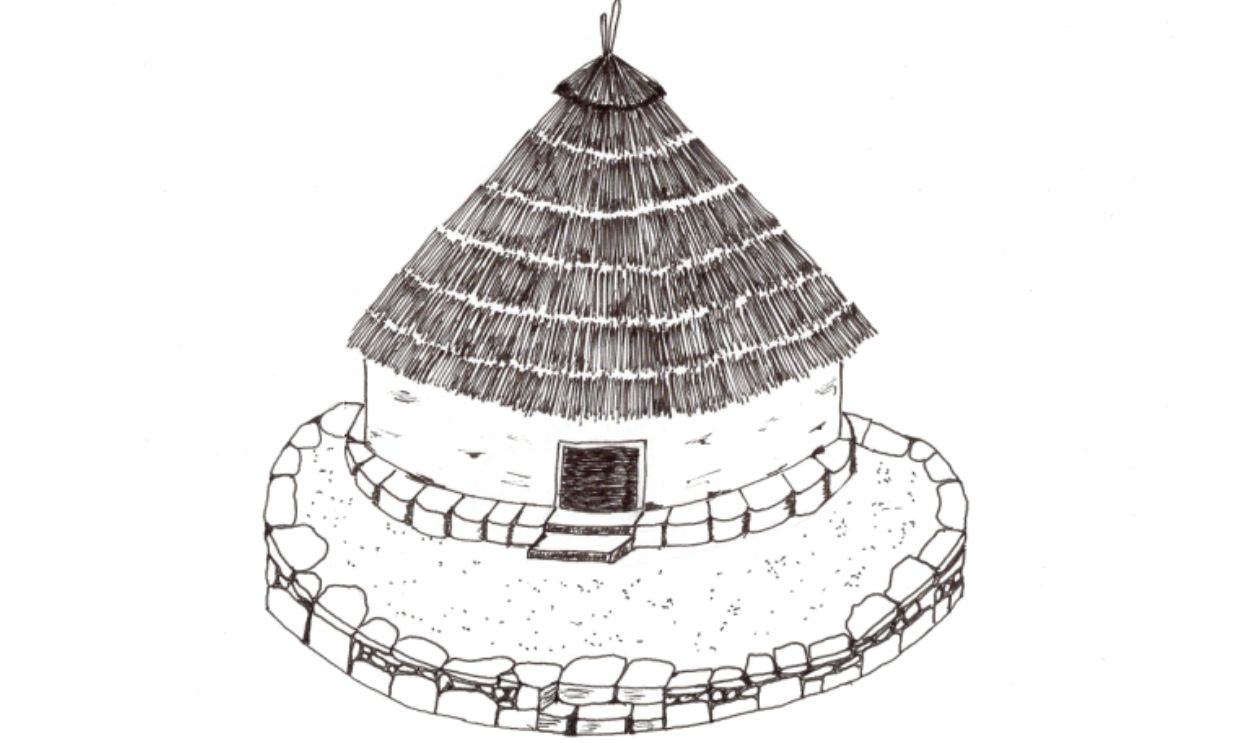 American, CC BY-SA 3.0, Wikimedia Commons
American, CC BY-SA 3.0, Wikimedia Commons
Great Engineers
The people were also impressive engineers. Their city, Ciudad Perdida, was built to withstand heavy tropical rains. Its design and construction techniques helped the city endure over time, even in the challenging climate of the jungle.
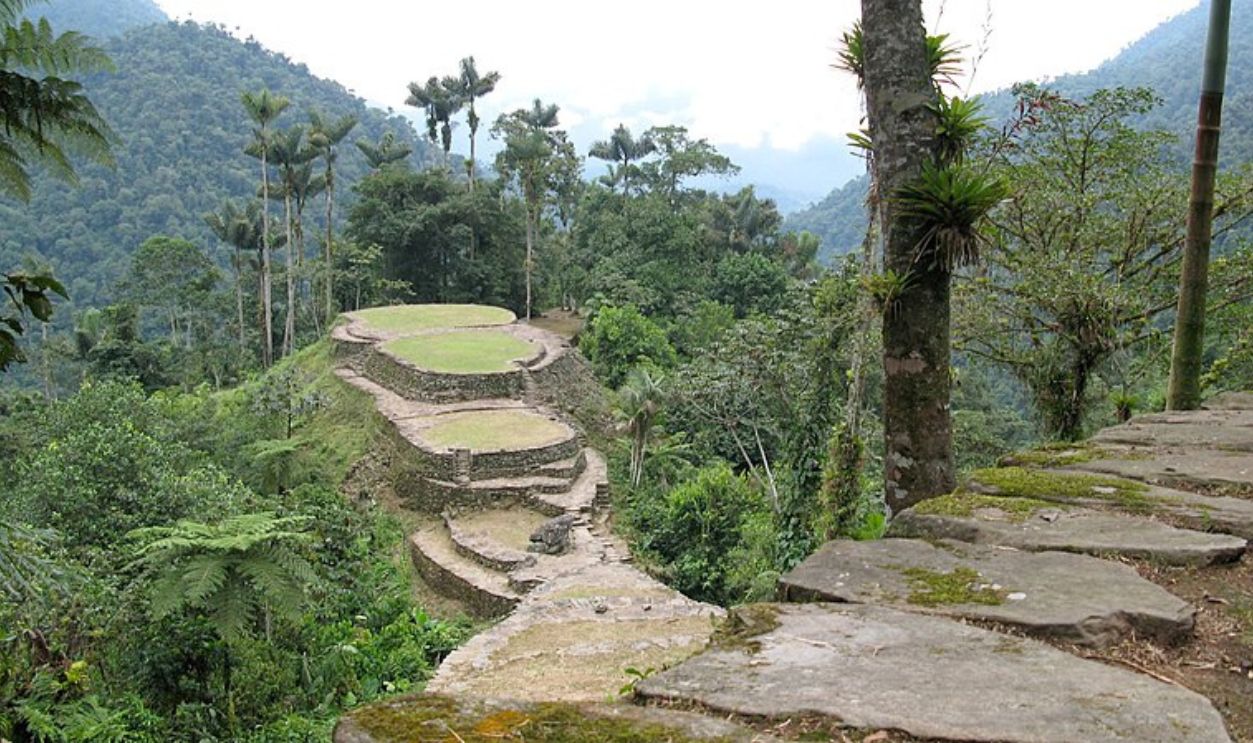 Gavin Rough, CC BY 2.0, Wikimedia Commons
Gavin Rough, CC BY 2.0, Wikimedia Commons
The Massive Gutter System
To protect Ciudad Perdida from erosion, the Tairona designed a massive gutter system. This system helped direct water away from the city, preventing damage and preserving the ancient city for centuries. Their skills suggested that they could have built another hidden city they didn't want to talk about.
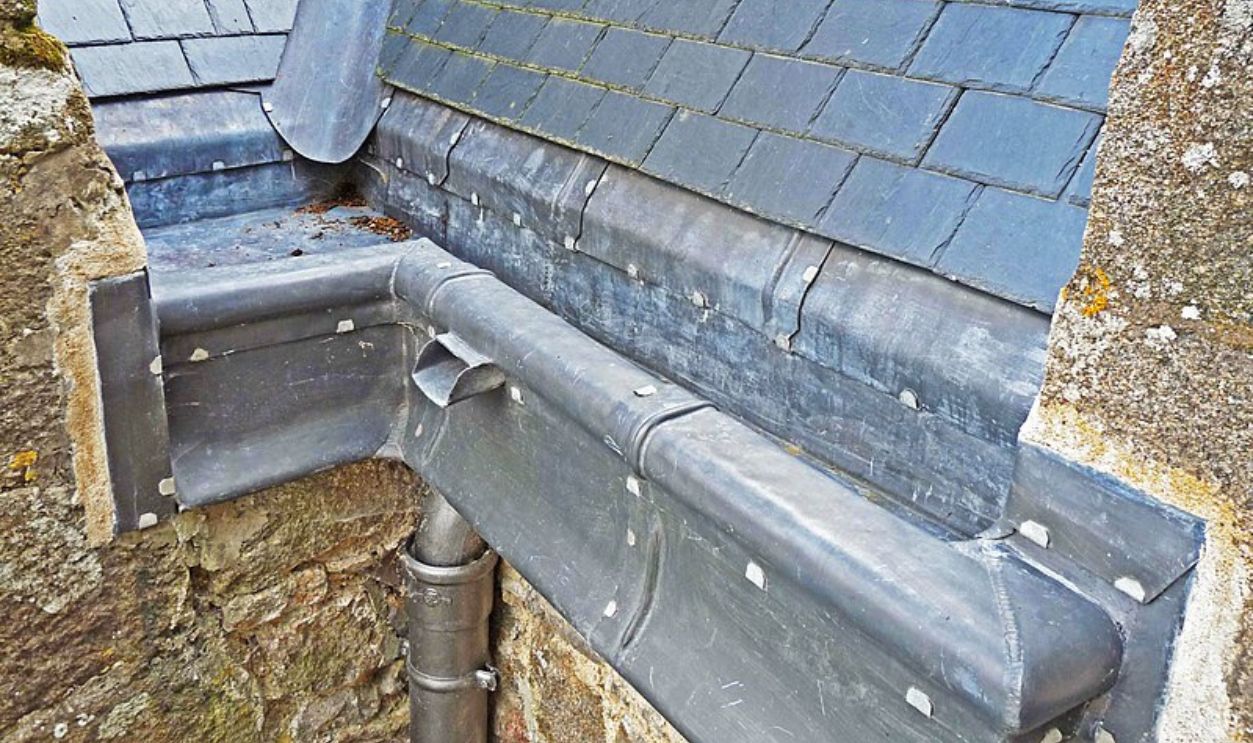 The Desert Plumber, CC BY-SA 3.0, Wikimedia Commons
The Desert Plumber, CC BY-SA 3.0, Wikimedia Commons
The Spaniards Were Obsessed
But, the Spaniards weren't interested in their engineering techniques. They wanted the Tairona gold and started searching, only to find small amounts in stream pools and mountains. We don't know exactly how the Tairona mined their gold; they likely panned for it in rivers, collecting small pieces over time.
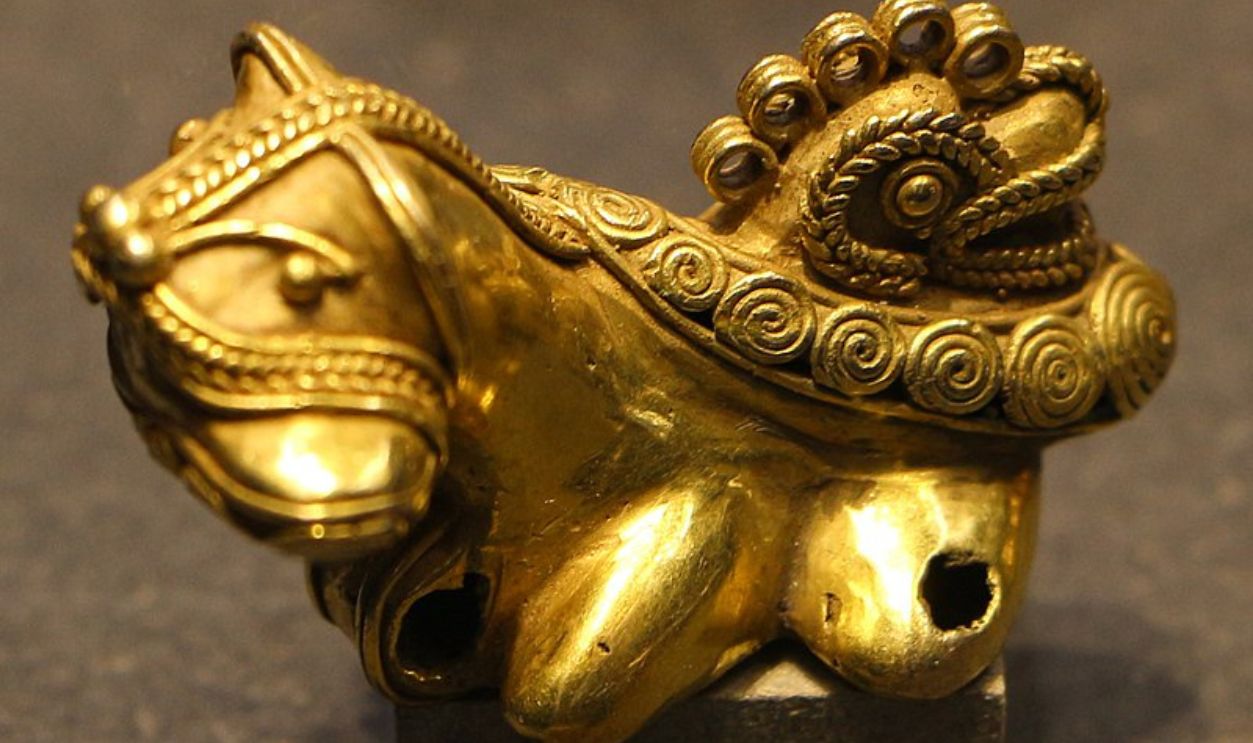 Sailko, CC BY 3.0, Wikimedia Commons
Sailko, CC BY 3.0, Wikimedia Commons
The Spaniards Were Aggressive
Although the Tairona wanted peace, the Spaniards were quite aggressive. They had guns and cannons and brought diseases that the natives had never encountered before. These diseases, along with the violence, had a devastating effect on the Tairona people and their way of life.
They Had Enough
The tension rose between the natives and the invaders, who were trying to move them out of the area. The Tairona had enough when the Spaniards killed their priests, so they responded by burning the Spanish villages and churches.
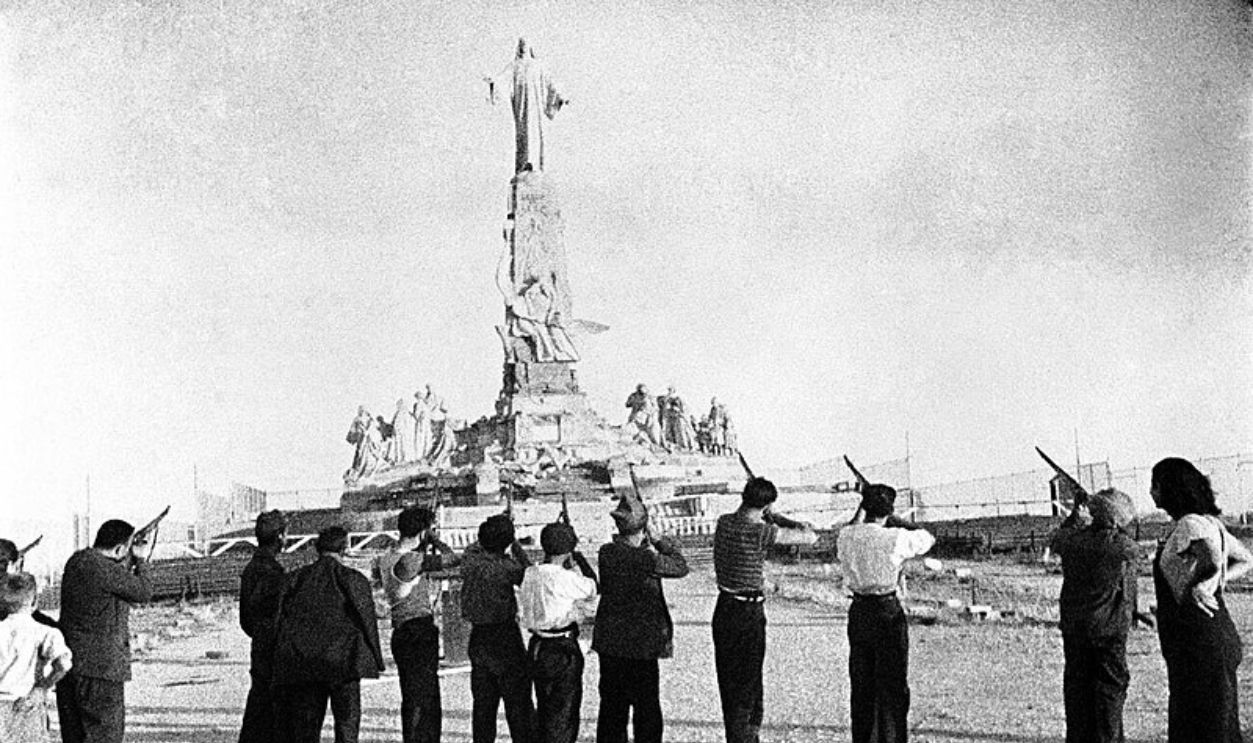 Paramount News, Wikimedia Commons
Paramount News, Wikimedia Commons
It Didn't End Well
The Spaniards were far more equipped compared to the peaceful Tairona people. They had tribal chiefs sentenced to death, and the rest of the population was either relocated or enslaved. The whole region was abandoned for centuries.
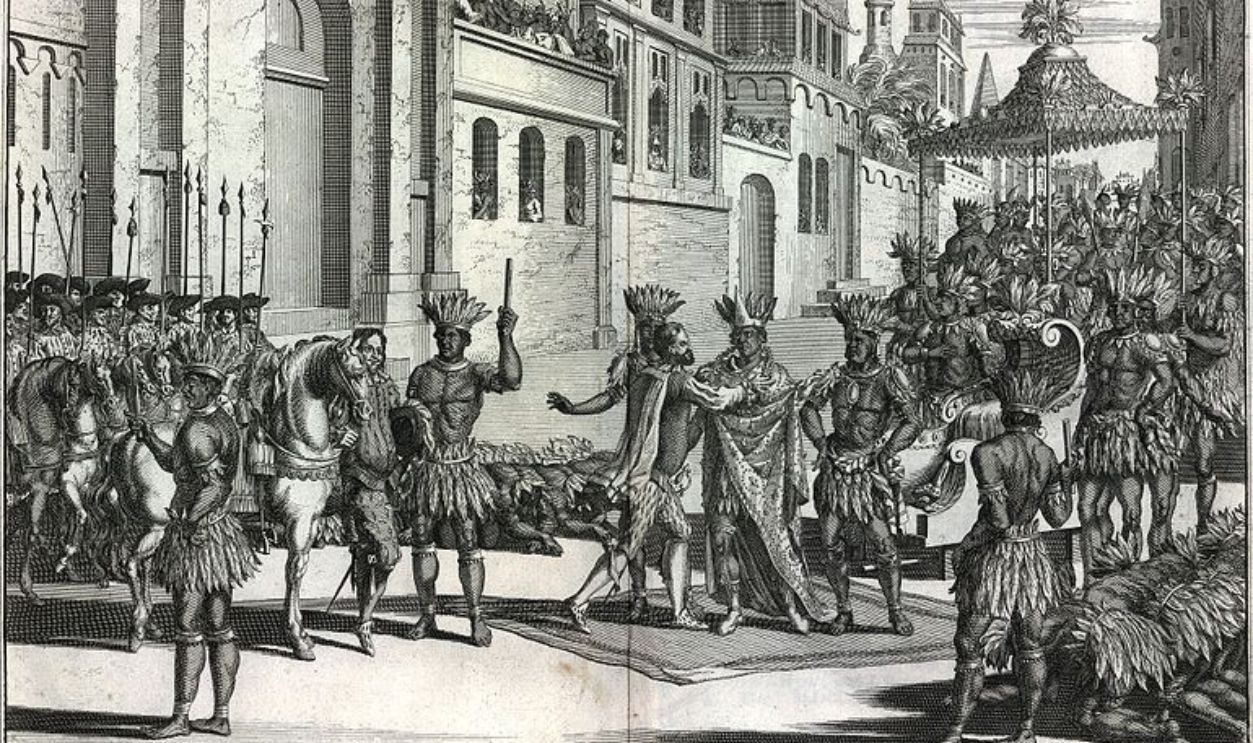 Thomas Townsend, Wikimedia Commons
Thomas Townsend, Wikimedia Commons
The Tairona Fled To The Mountains
Many Tairona individuals who survived the diseases and violence fled to the mountains. This move was a way to escape the Spanish invaders and find safety in the rugged and less accessible terrain. The mountainous regions offered a refuge where they could continue their traditions away from danger.
The Spaniards Didn't Leave Empty Handed
As part of clearing the region, the Spaniards looted the tombs and houses of the natives. They were mesmerized by the amount of gold ornaments and jewelry they found and thought they could use this gold to fund their future expeditions.
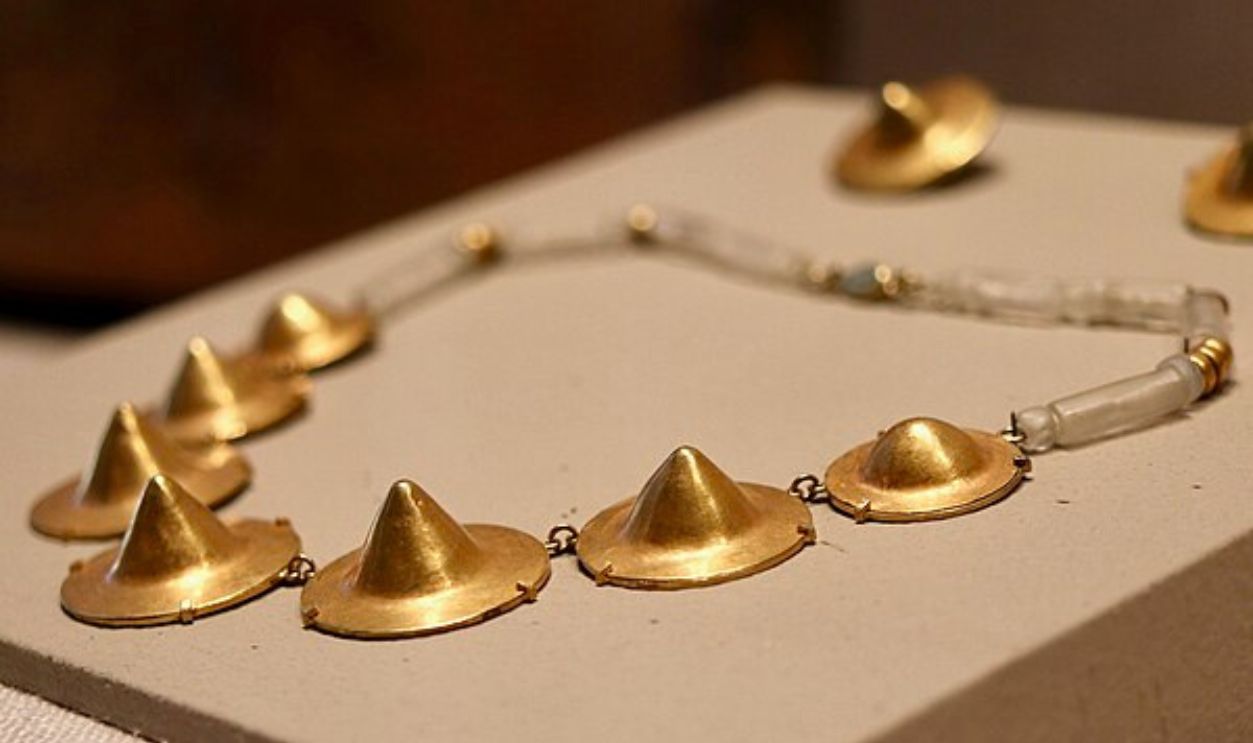 Nalin Singapuri, CC BY-SA 4.0, Wikimedia Commons
Nalin Singapuri, CC BY-SA 4.0, Wikimedia Commons
Some Tairona Gold Is Found Today In Bogotá
Some beautiful gold artifacts from the Tairona people who inhabited this region can be seen in Bogotá, Colombia. These items are displayed in museums, allowing people to admire the craftsmanship and learn about the Tairona culture.
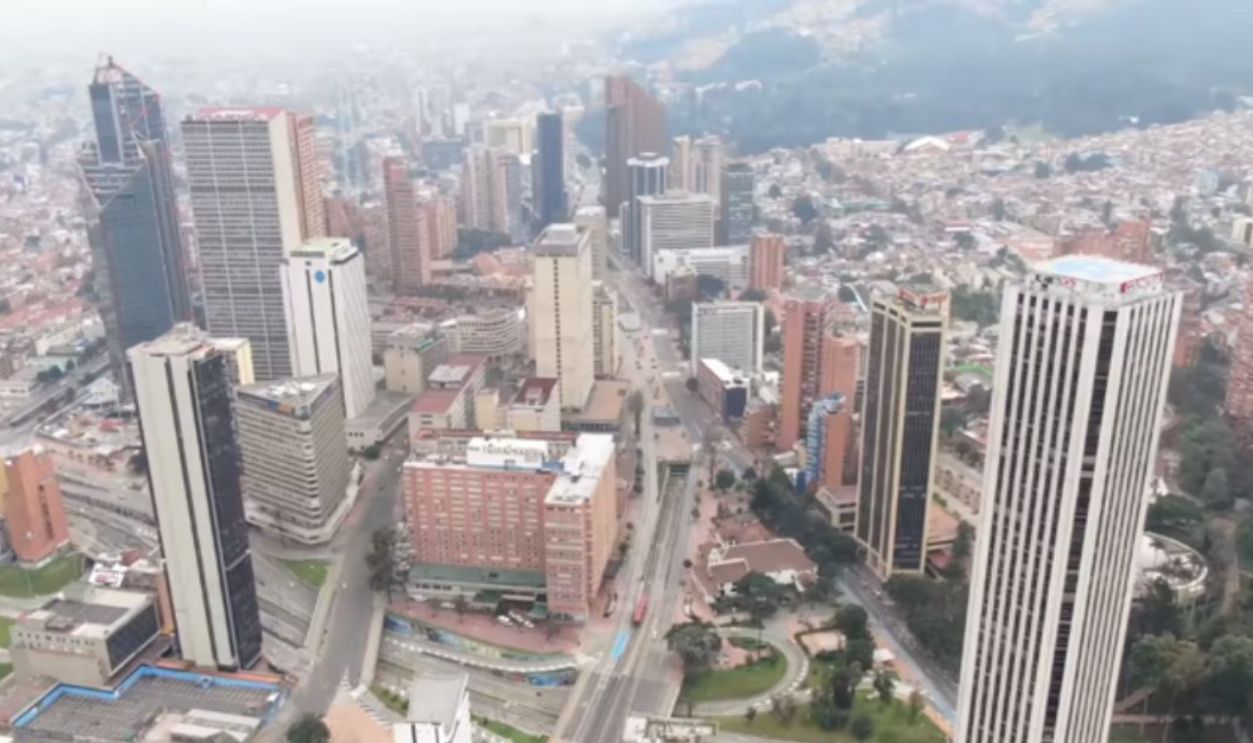 Xxaljxx, CC BY-SA 4.0, Wikimedia Commons
Xxaljxx, CC BY-SA 4.0, Wikimedia Commons
Detailed Gold Work
The gold work created by the Tairona people is incredibly detailed. The engravings on the gold items were not just for decoration—they held deep spiritual and religious meaning. Each ornamental piece was carefully and accurately crafted to reflect the Tairona's beliefs and connection to the spiritual world.
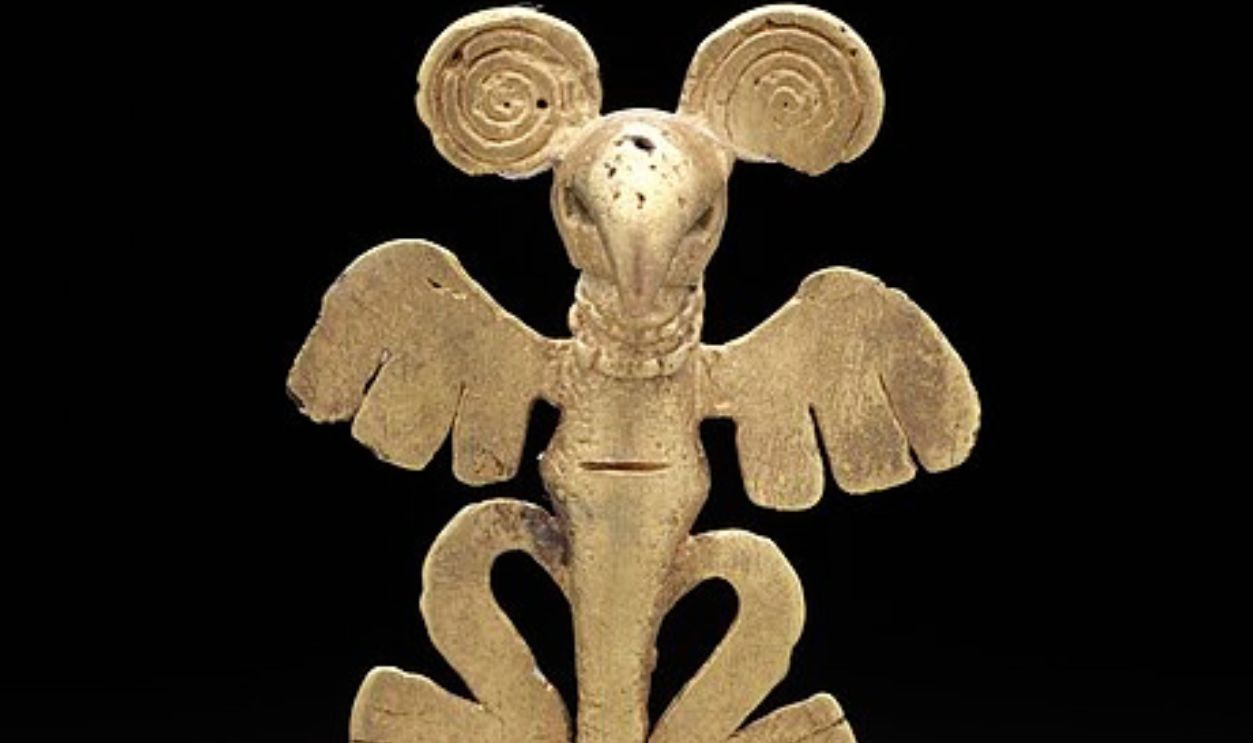 Dallas Art Museum, Wikimedia Commons
Dallas Art Museum, Wikimedia Commons
But There Was A Surprise
Recent technology has shown that objects believed to be made entirely of gold were made of other metals. The Tairona metalsmiths created copper, silver, and gold alloys, melted them together, and dipped them in an acid solution made from a local herb. This process gave their artifacts a shiny, gilded appearance.
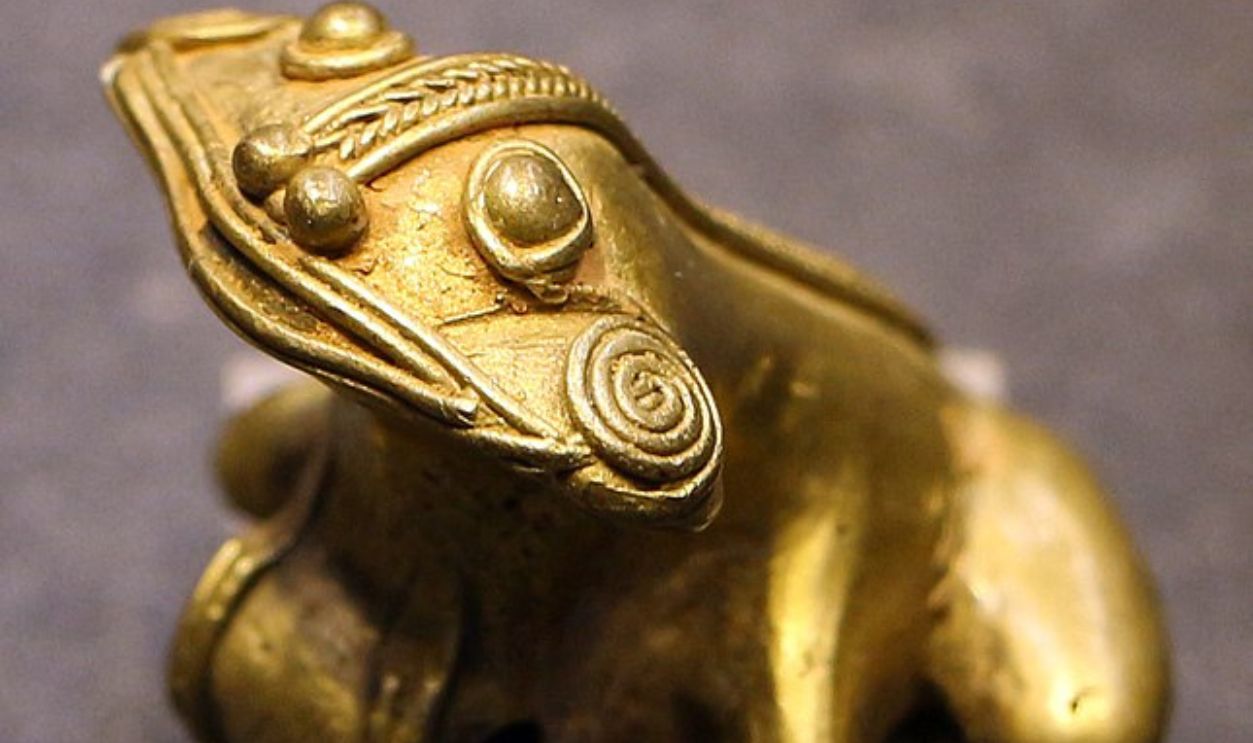 Sailko, CC BY 3.0, Wikimedia Commons
Sailko, CC BY 3.0, Wikimedia Commons
It Wasn't What The Spaniards Were After
Back then, the Spaniards didn't know that they found well-crafted jewelry made of metal alloys. They thought that every shiny fragment they found was proof that an entire city of gold was waiting to be uncovered. As a result, their search continued.
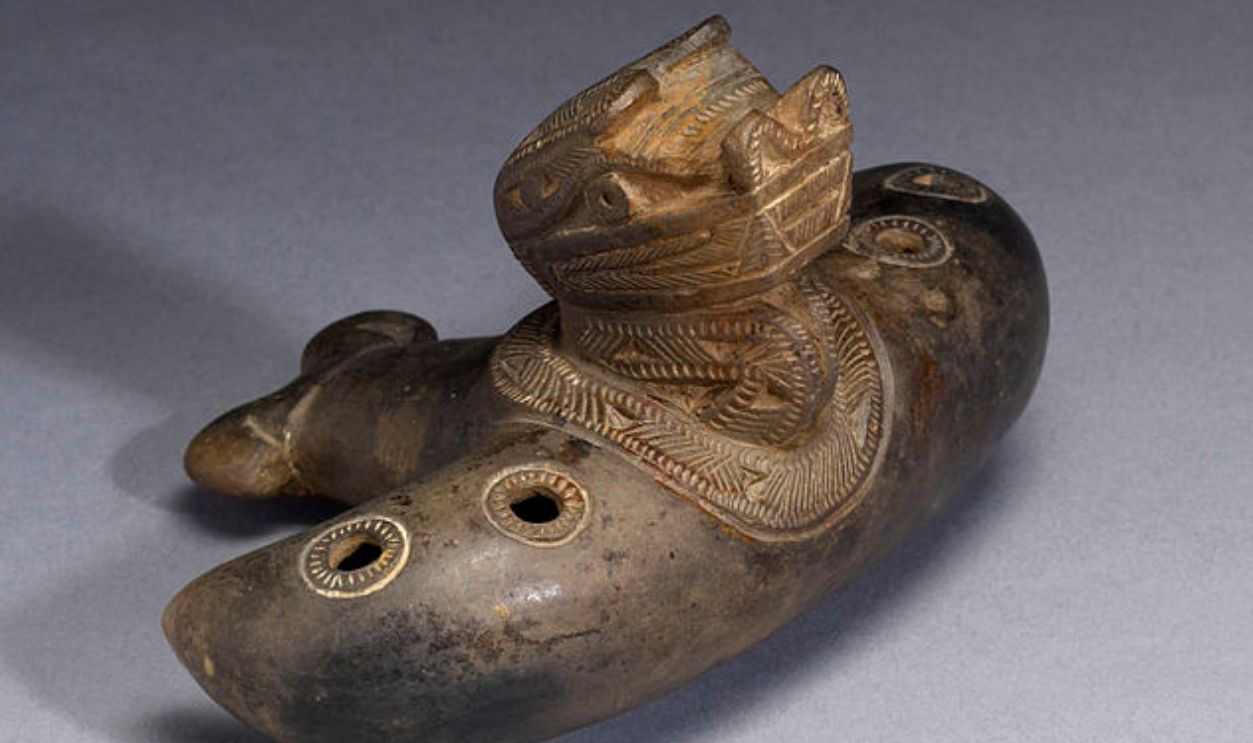 Walters Art Museum, Wikimedia Commons
Walters Art Museum, Wikimedia Commons
The Colonizers Finally Left
After years of military conflict and revolution, the natives of South America were finally able to regain control over their lands. Expeditions continued for a while, but by the 19th century, most experts considered that El Dorado was simply a myth.
The Jungle Remained Untouched For Centuries
Rumors about the lost city of El Dorado never stopped, but the whole area remained abandoned for centuries. The jungle grew a thick canopy that swallowed the region and all the artifacts left by old civilizations that called this land home.
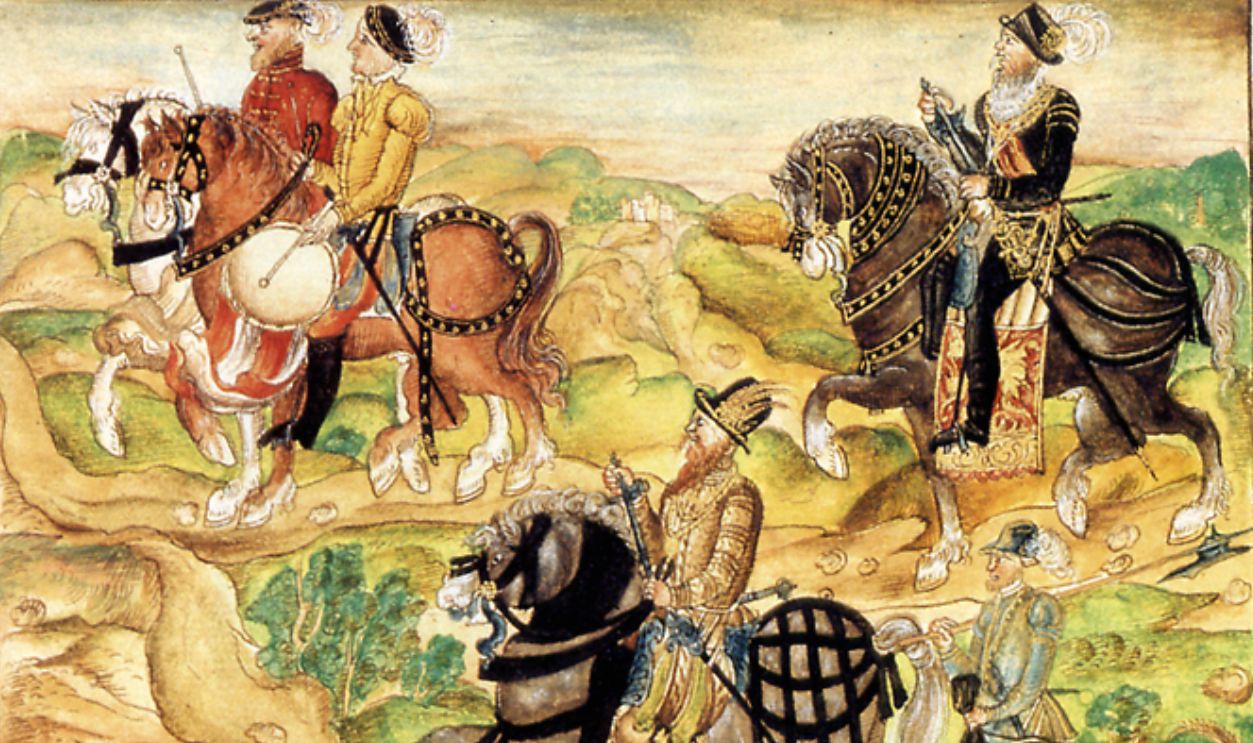 Hieronymus Köler, Wikimedia Commons
Hieronymus Köler, Wikimedia Commons
The Area Was Not Available For Archaeologist Expeditions
The area where El Dorado was believed to be located was challenging to explore. For decades, it was unsafe and inaccessible due to kidnappings and thick jungles. This made it hard for archaeologists to conduct a proper investigation and find out more about the legend.
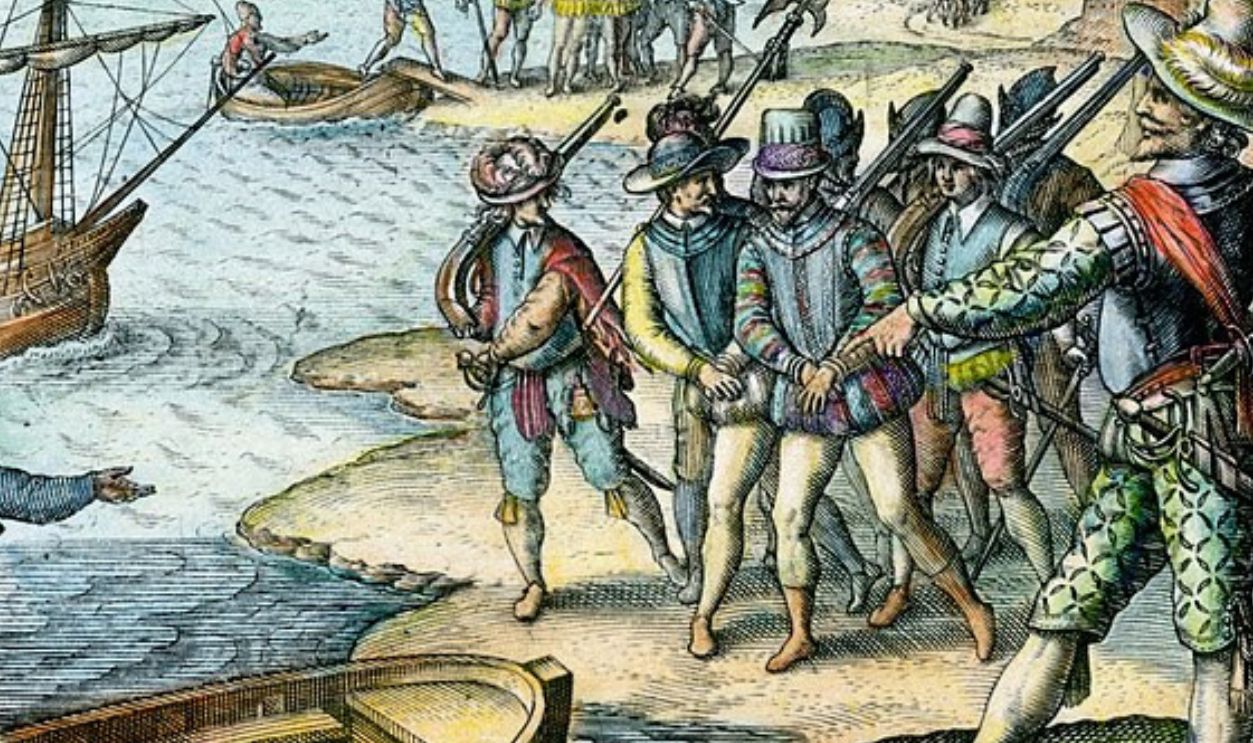 Theodor de Bry, Wikimedia Commons
Theodor de Bry, Wikimedia Commons
New Technology Might Bring The Answer
Although Ciudad Perdida's location is currently known, the nearby area remains pretty mysterious. Recent aerial scanning technology suggests that there might be more ancient sites to discover around Ciudad Perdida. So far, archaeologists have only uncovered about 30% to 40% of the region.
However, It's Not That Easy
People think El Dorado may reside amid the rugged, challenging-to-navigate jungle environment. Thick forests, steep hills, and deadly wildlife make it challenging for explorers and archaeologists to look for relics and find further information about the city.
The Place Was Actually Discovered By Looters
In reality, the historical site was discovered by looters, not scientists. They found Ciudad Perdida while looking for gold buried in the graves of ancient people. This discovery reignited the quest for the lost city, which might be nearby.
The Locals Knew About It But Kept It A Secret
It turns out that the local population knew about the site but kept it a secret. They did not want outsiders to find it, and many kept the location hidden to protect it from being disturbed or looted.
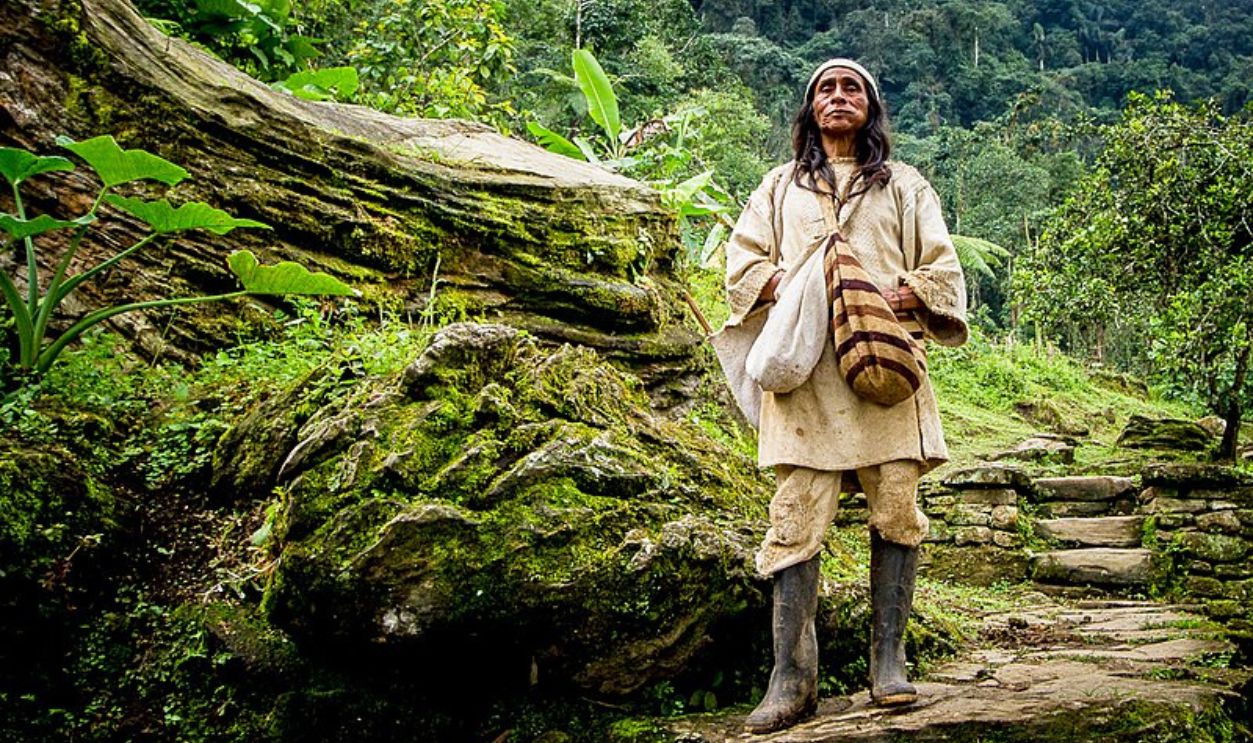 Dwayne Reilander, CC BY-SA 4.0, Wikimedia Commons
Dwayne Reilander, CC BY-SA 4.0, Wikimedia Commons
The Descendants Of The Tairona Still Exist Today
Today, the descendants of the Tairona tribe are known as the Kogi. They live in the same region where their ancestors once thrived. The Kogi maintain many of the traditional practices and customs of the Tairona, preserving their cultural heritage and way of life.
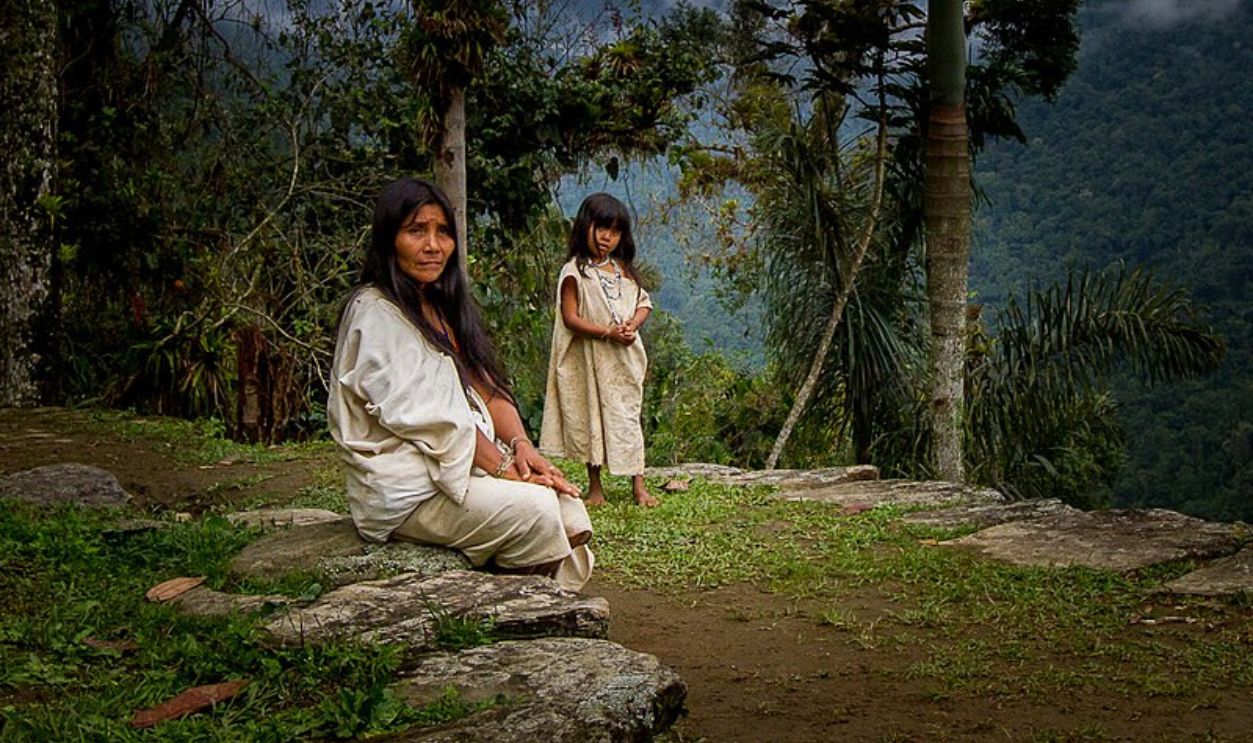 Dwayne Reilander, CC BY-SA 4.0, Wikimedia Commons
Dwayne Reilander, CC BY-SA 4.0, Wikimedia Commons
3D Model Of The City
With modern technology, archaeologists can now create 3D models of Ciudad Perdida as it might have looked in the 1600s. These models show how the city was built on platforms connected by paths that linked different neighborhoods.
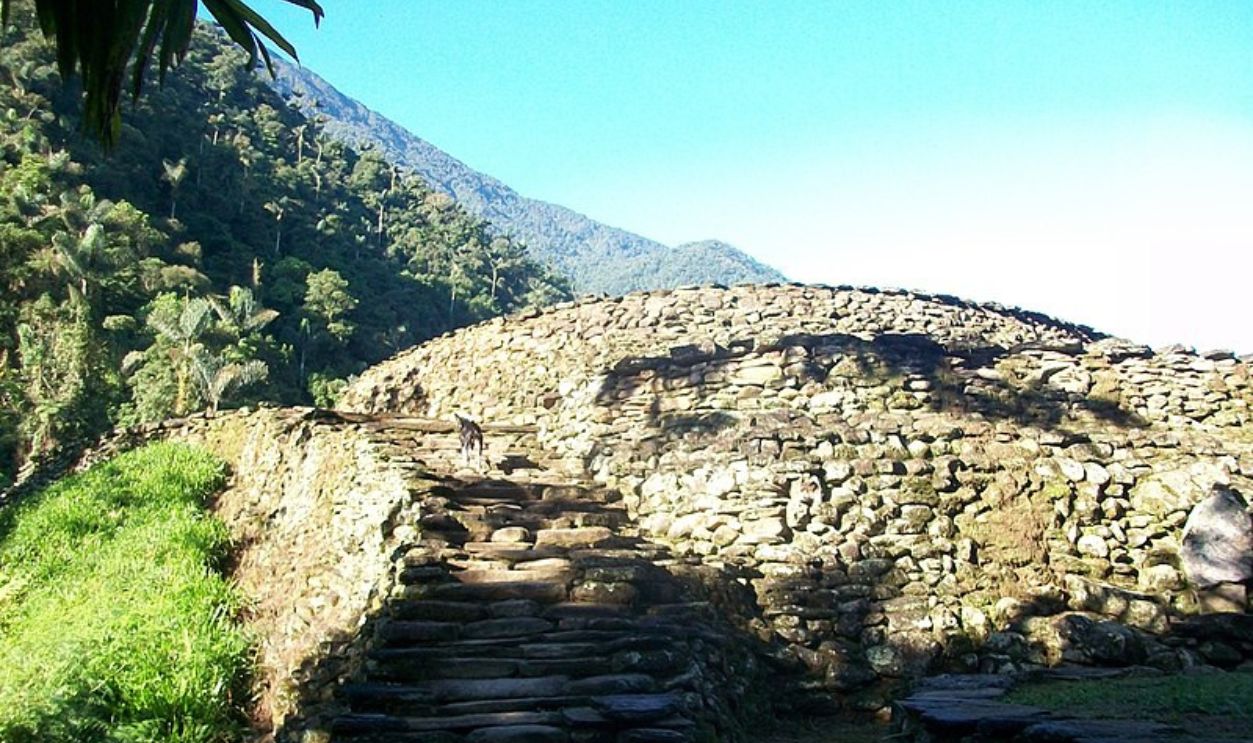 jmage, CC BY 2.0, Wikimedia Commons
jmage, CC BY 2.0, Wikimedia Commons
Scanning The Whole Area
Researchers are using advanced scanning technology to explore the area around Ciudad Perdida. This scanning aims to discover if there are other lost cities hidden beneath the dense forest. However, the only way to explore the region is through the jungle and up the hills.
A New Clue
A new clue was recently discovered near the entrance of Ciudad Perdida—a mapstone. This stone can be compared to ground scans to help researchers understand the area's layout better. The Mapstone might provide important information about the city's design and connections to other sites.
A Path Leads To The Sea
A path made of about 1,200 stones that leads from Ciudad Perdida to the sea was recently discovered. This ancient path shows how the Tairona tribe connected their city to the coastal areas and likely used it for trade and communication.
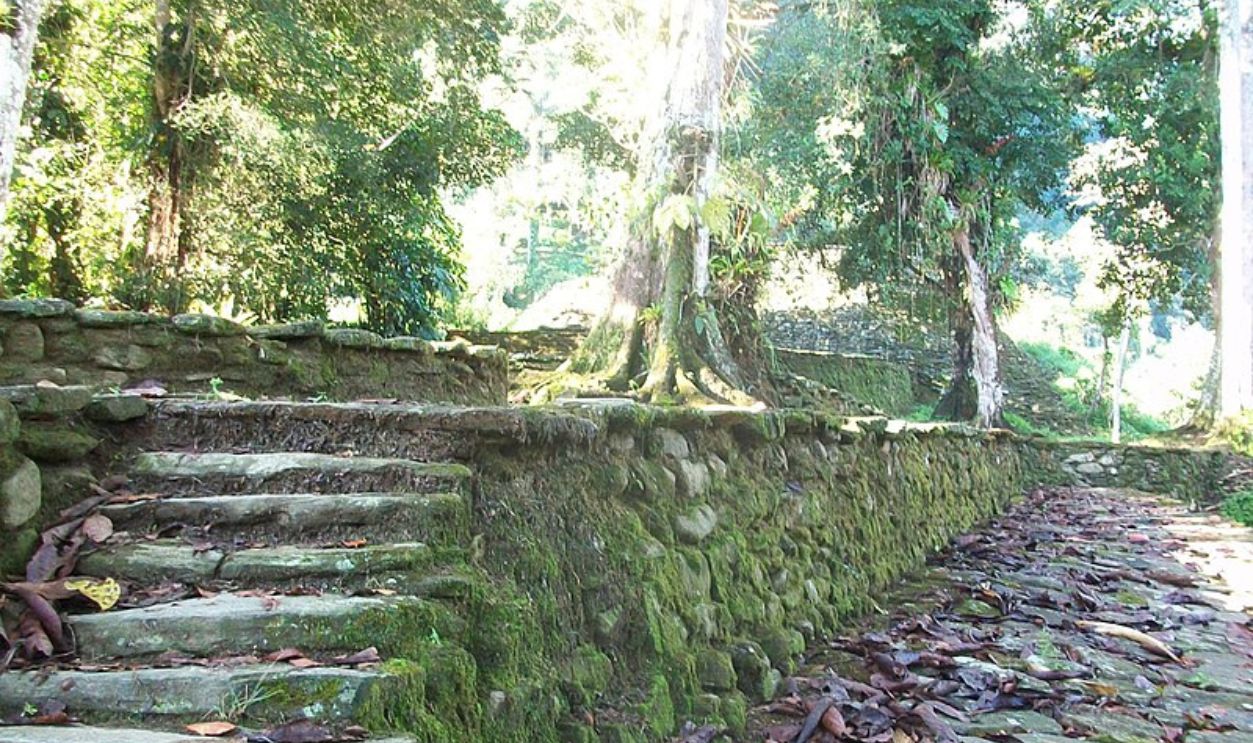 jmage, CC BY 2.0, Wikimedia Commons
jmage, CC BY 2.0, Wikimedia Commons
Life Near The Ocean
Not all Tairona people lived up in the mountains. Another population lived near the coast, providing their neighbors with salt and seashells. The mountain people, on the other hand, traded items like clothing, ceramics, and gold ornaments. This exchange was crucial for both communities.
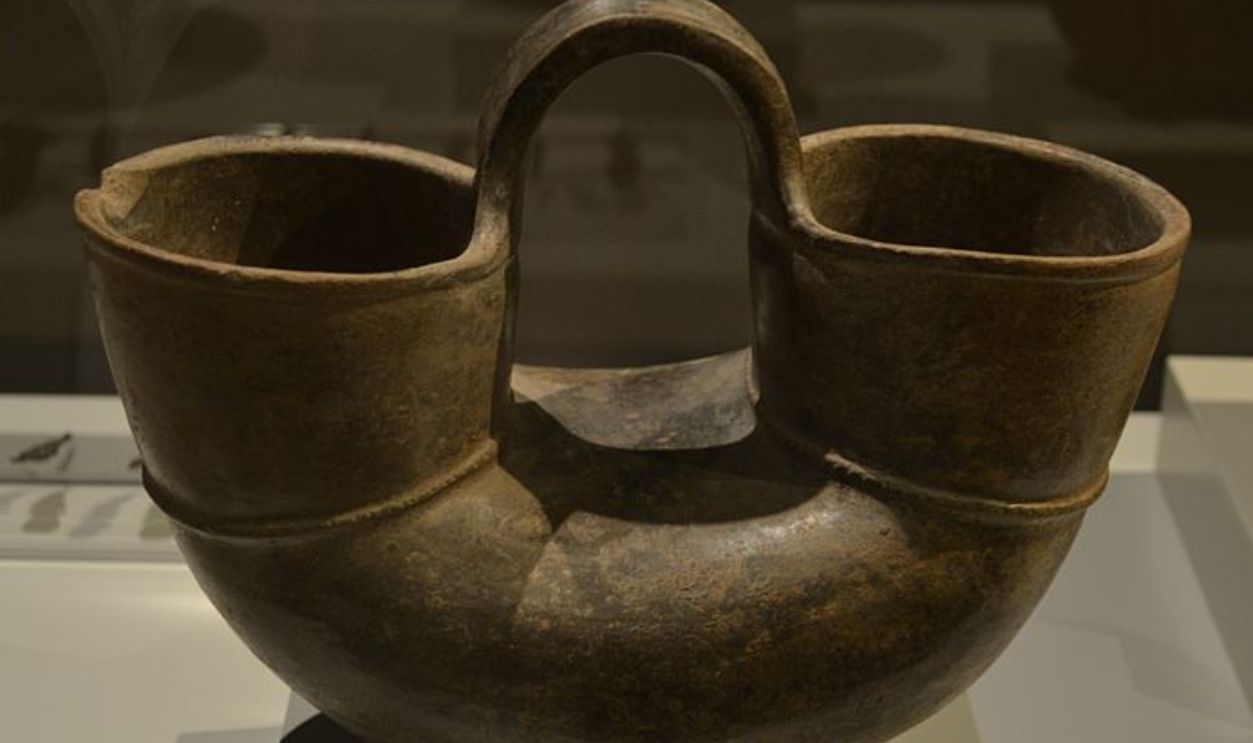 Dorieo, CC BY-SA 4.0, Wikimedia Common
Dorieo, CC BY-SA 4.0, Wikimedia Common
A Recent Scan Showed A Flat Area
Recent scans of the area around Ciudad Perdida revealed a flat area that might be the site of another ancient city. This flat region is a significant find, as it suggests the possibility of more hidden structures. However, reaching this area requires a dangerous walk through dense bushes.
Treacherous Terrain
Traveling on foot to explore these potential new sites is quite dangerous. The terrain involves a brutal climb through thick bushes and is home to snakes and other hazards. Despite the risks, this method can lead to the discovery of sites that have not been disturbed or looted.
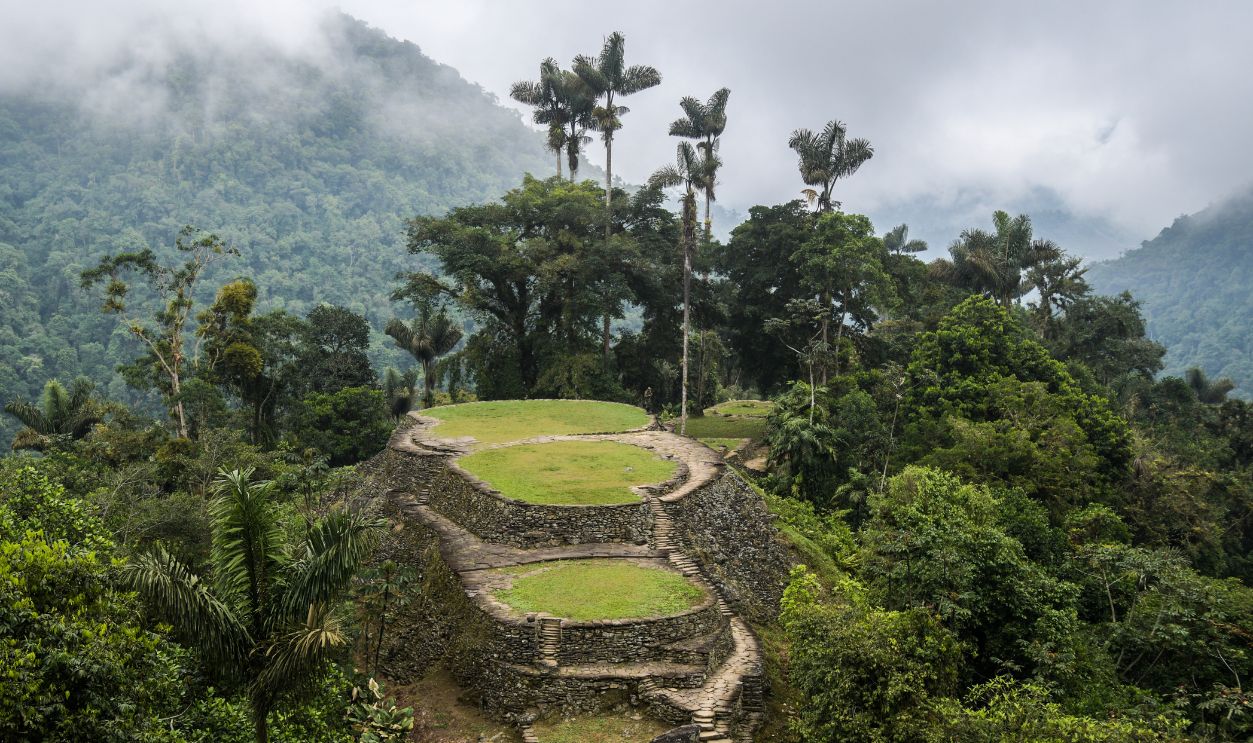 Lukasz Malusecki, Shutterstock
Lukasz Malusecki, Shutterstock
Untouched Pottery Items And Stone Walls
Along the path to the potential new city site, explorers have found many untouched pottery items and stone walls. These discoveries are important because they provide insights into Tairona culture. These artifacts suggest that the area might hold more secrets waiting to be uncovered.
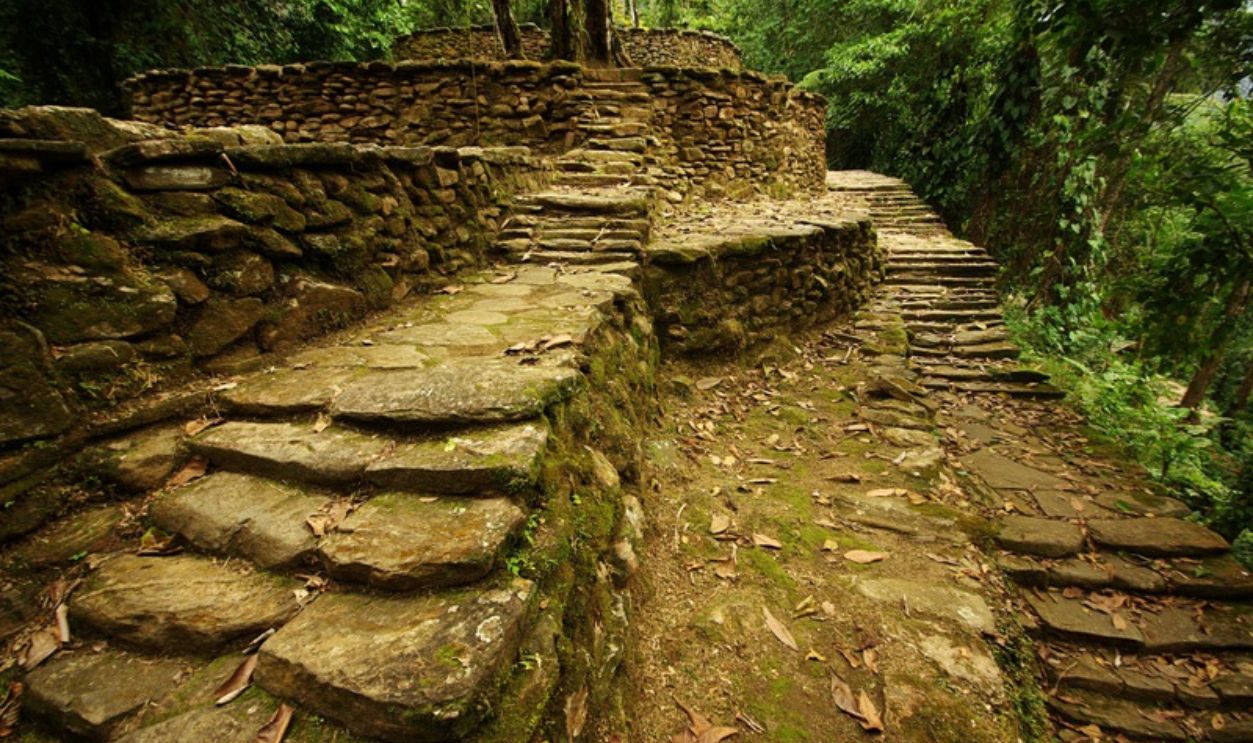 Raphael Chay, CC BY-SA 3.0, Wikimedia Commons
Raphael Chay, CC BY-SA 3.0, Wikimedia Commons
A Tairona Terrace
At the top of a ridge near the scanned flat area, evidence indicates that there was once a Tairona terrace. This evidence includes remains of structures and agricultural terraces that suggest the Tairona people used the land in sophisticated ways.
Excavation Looks Promising
The ongoing excavation of these newly discovered areas looks very promising. Pottery, stone walls, and evidence of terraces suggest that there may be significant discoveries ahead. As more work is done, archaeologists hope to uncover more about the Tairona people and their lost cities.
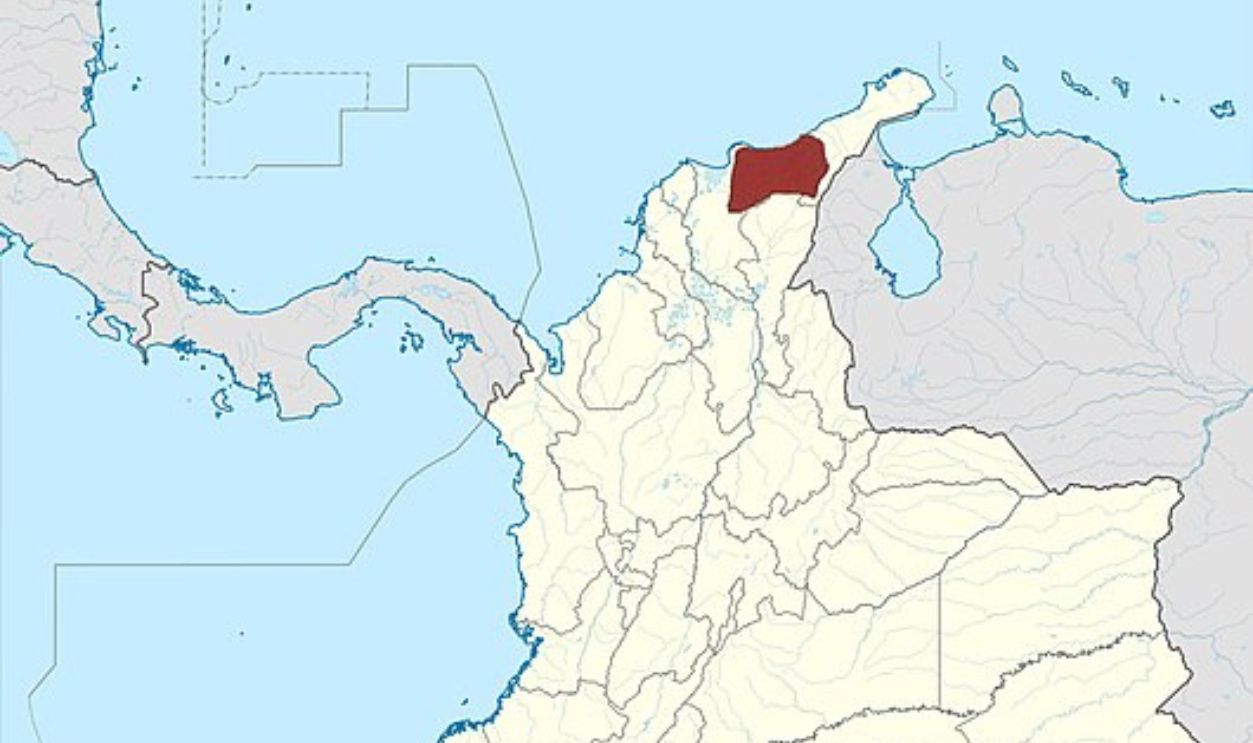 Breogan2008, CC BY-SA 4.0, Wikimedia Commons
Breogan2008, CC BY-SA 4.0, Wikimedia Commons
The Journey Continues
Thanks to technological advances, we can conduct more thorough searches and use computers to scan for more archaeological evidence. Going through the jungle on foot and navigating through the bushes is inevitable and represents a big obstacle that delays the results.
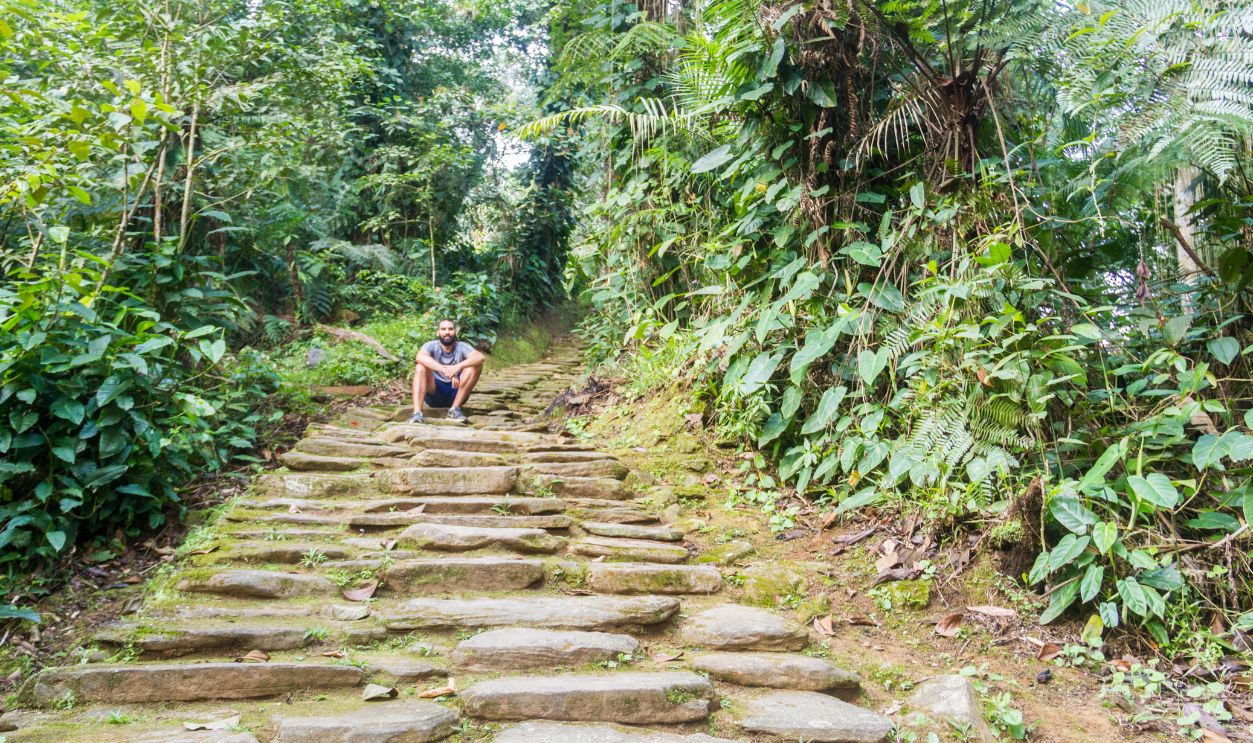 Francisco J Ramos Gallego, Shutterstock
Francisco J Ramos Gallego, Shutterstock
Will The City Ever Be Found?
Some archeologists believe that El Dorado might have existed, but probably not in the same exaggerated fashion the Spaniards and natives talked about. And who knows, in a few years, an expedition might reveal the truth about a secret that intrigued many people over the past 500 years.


